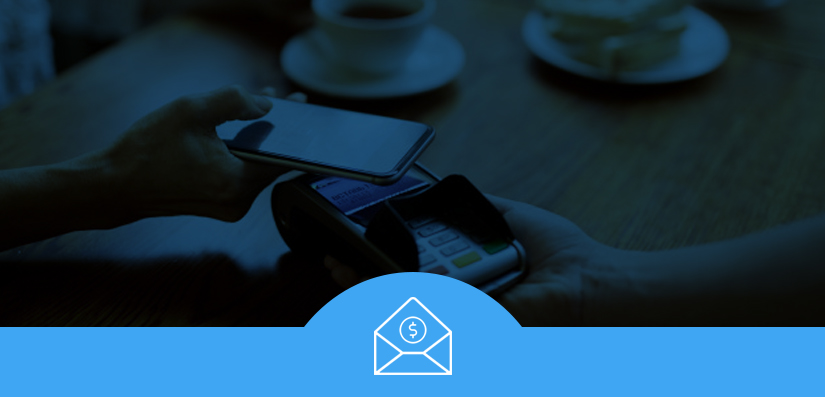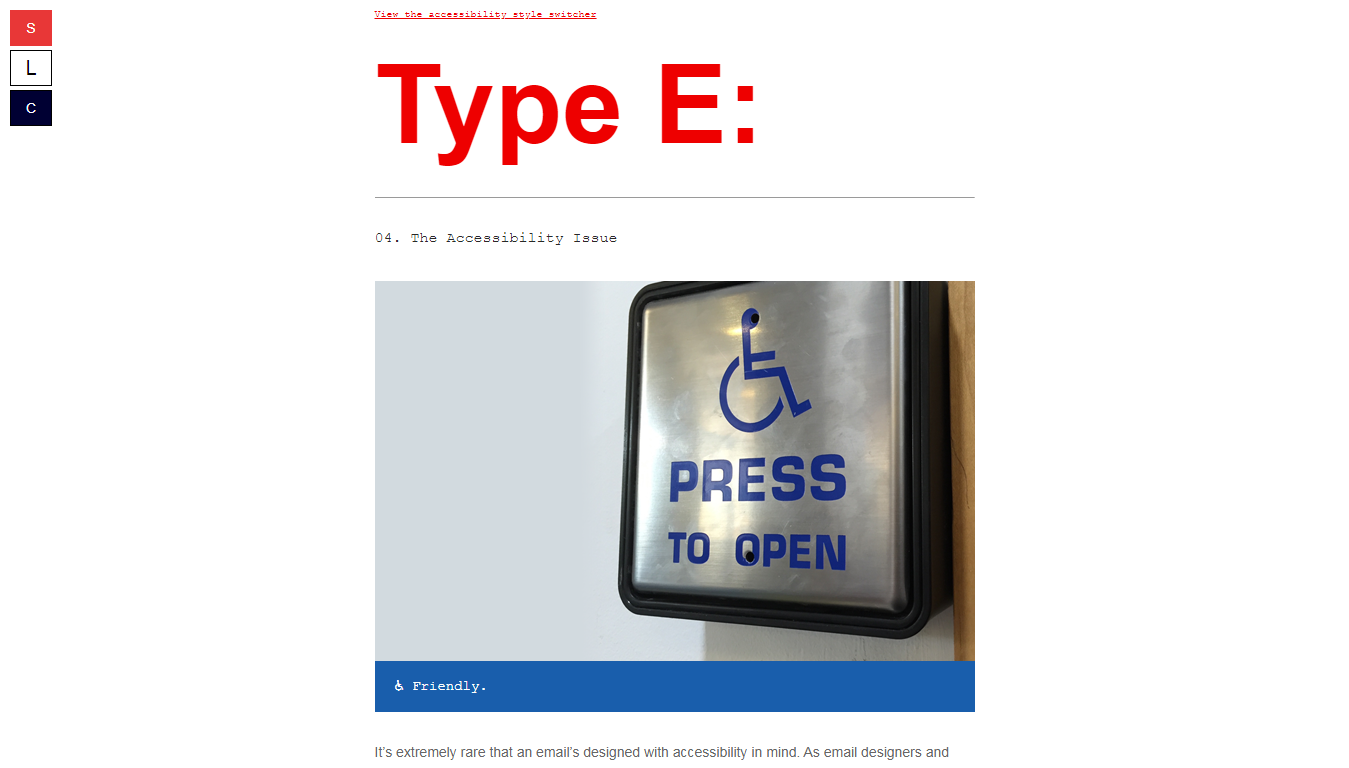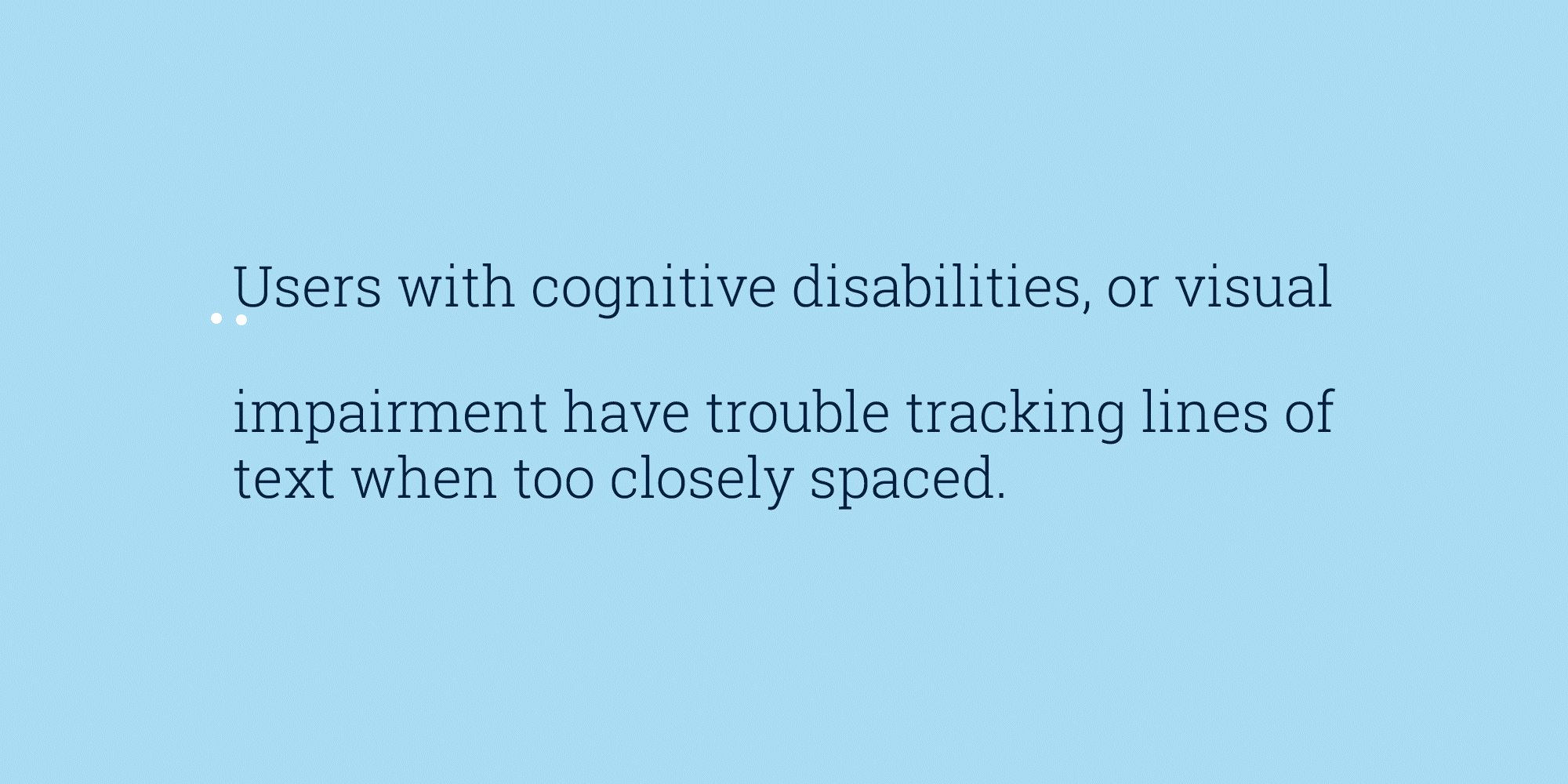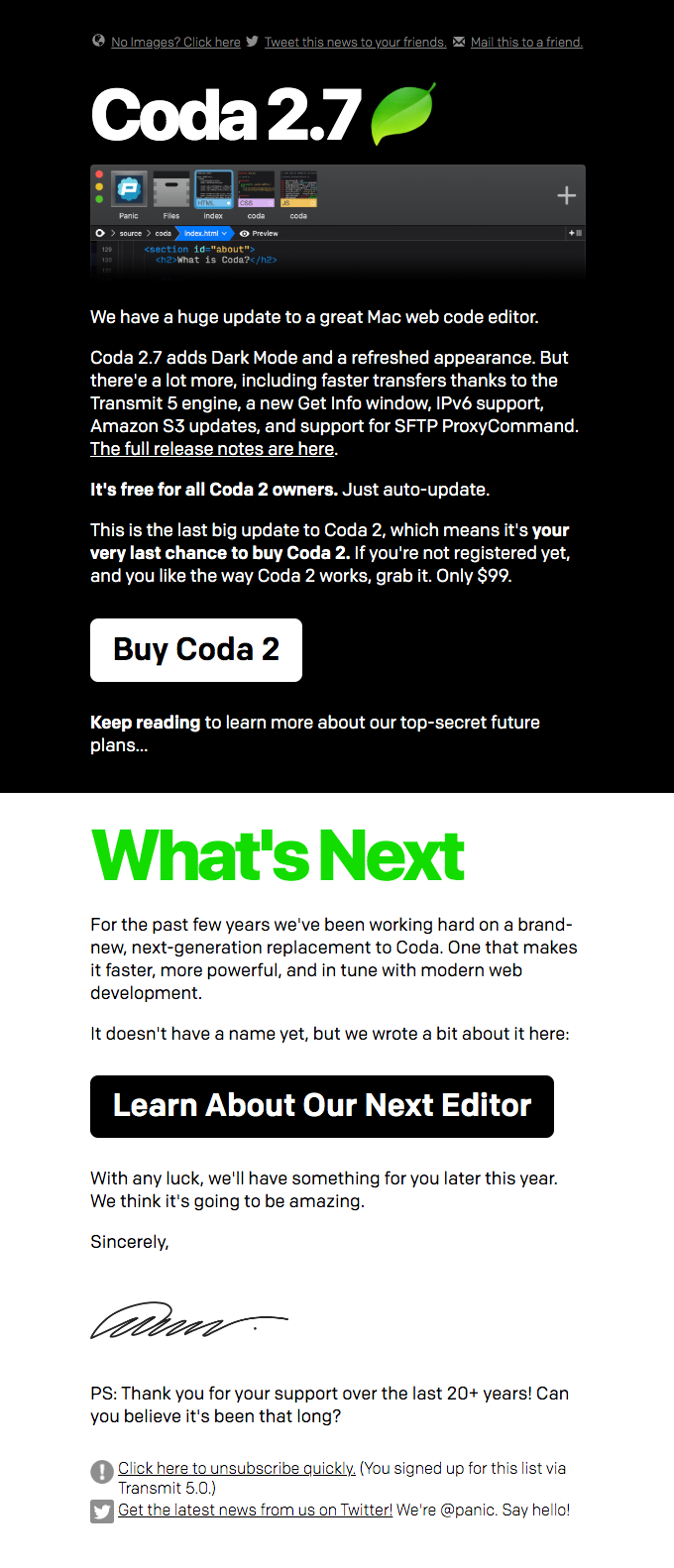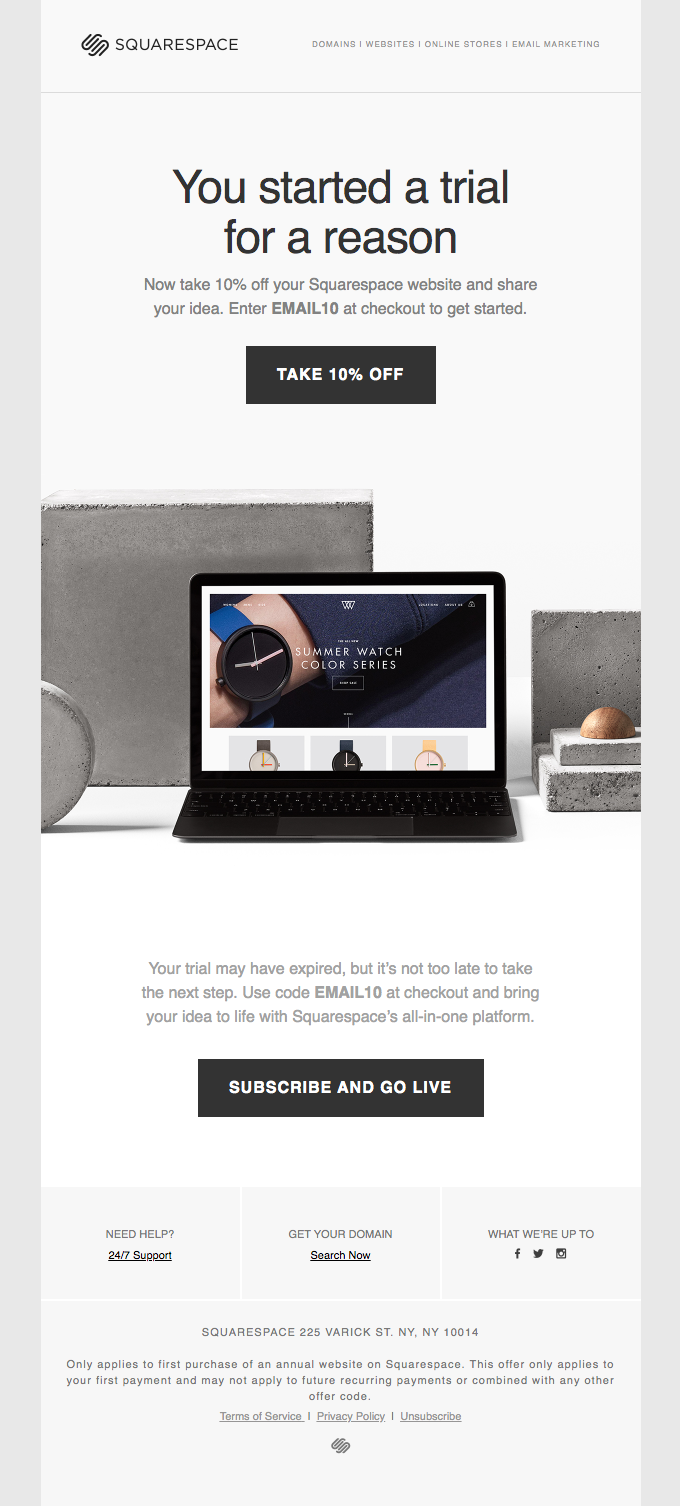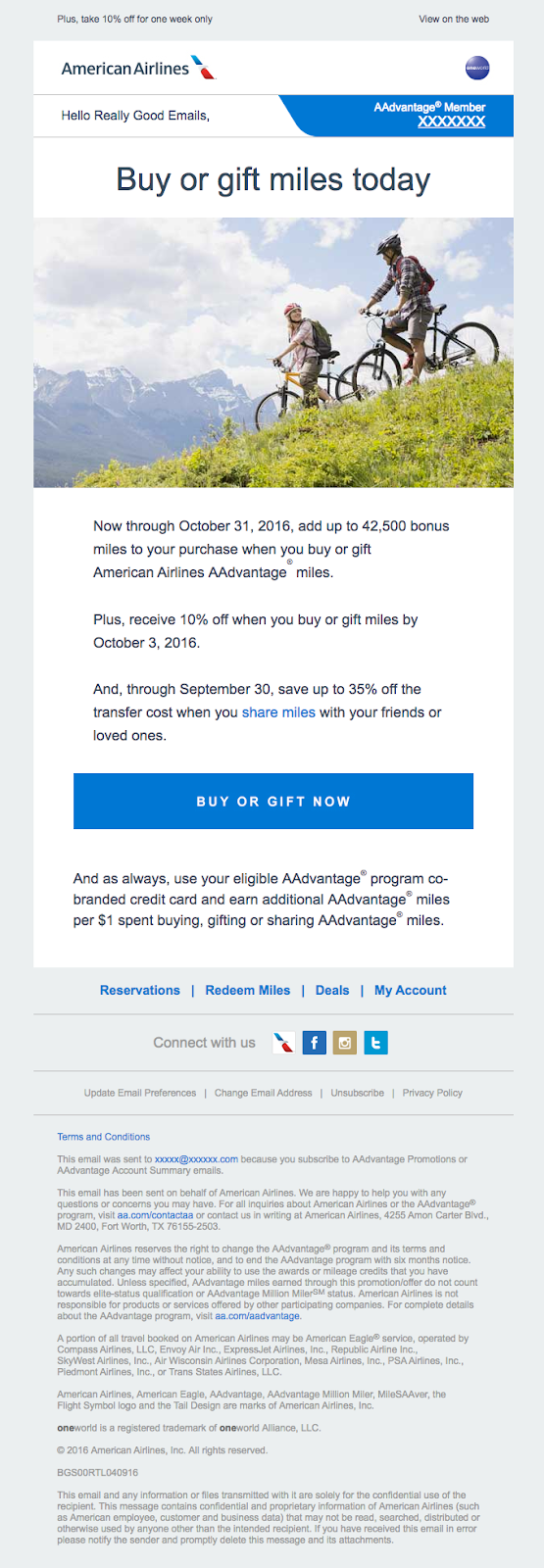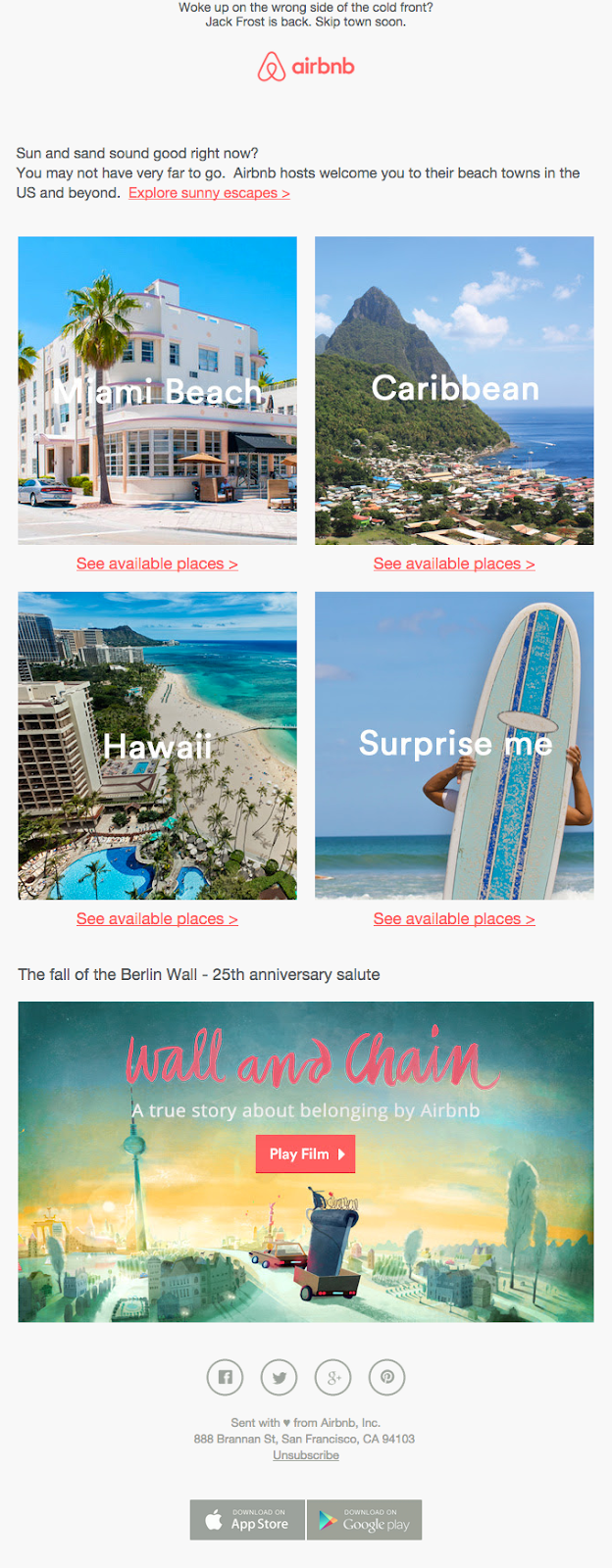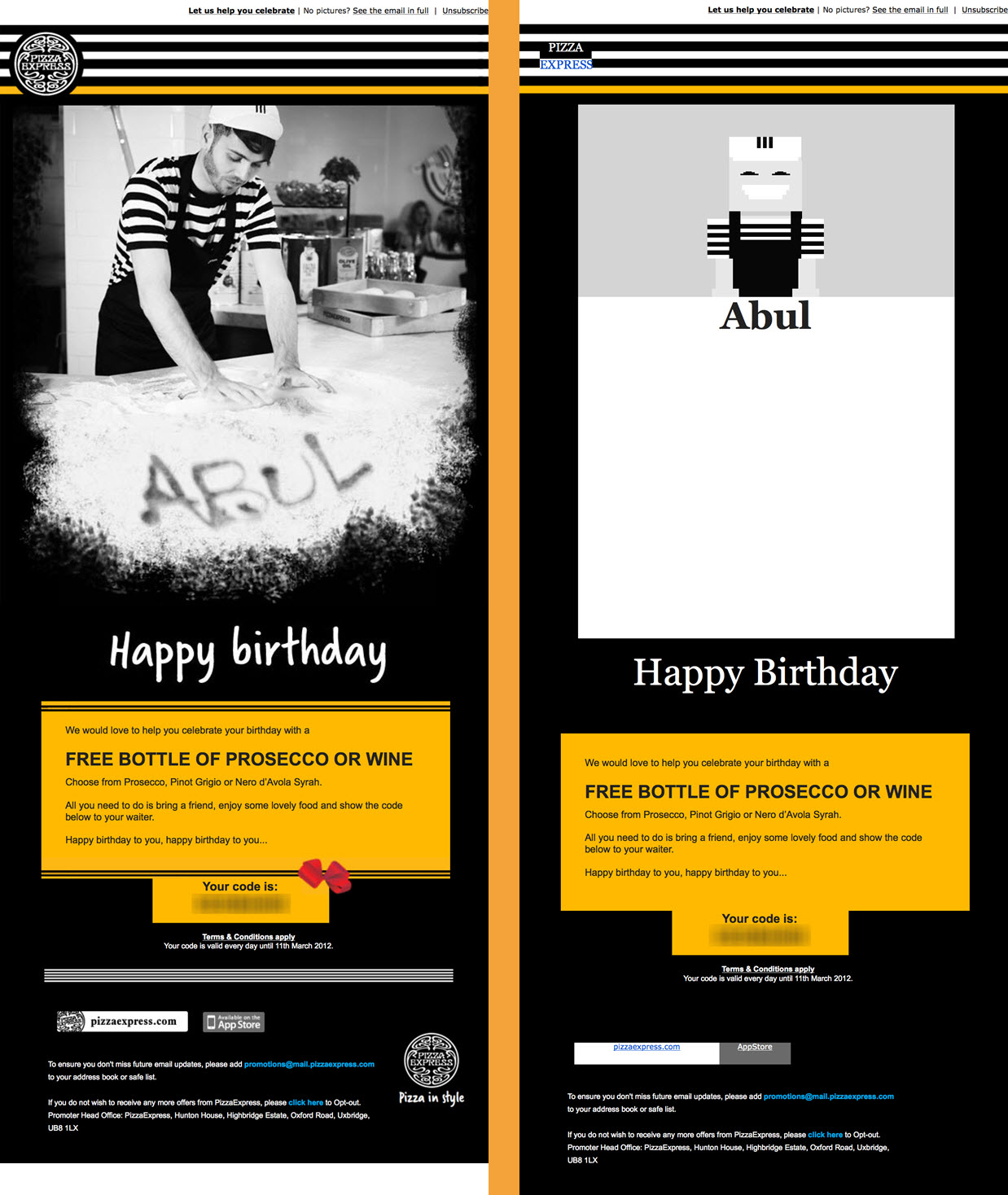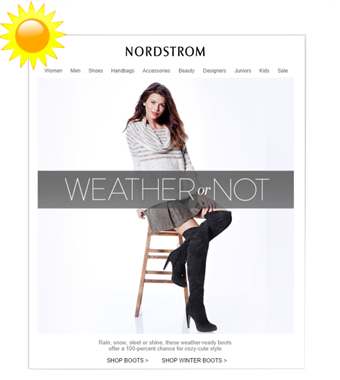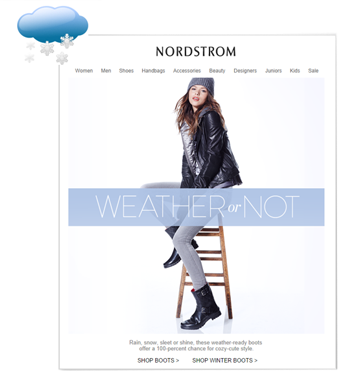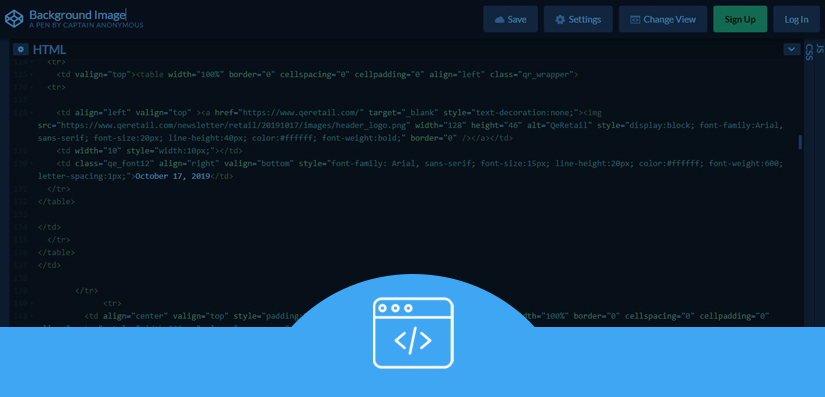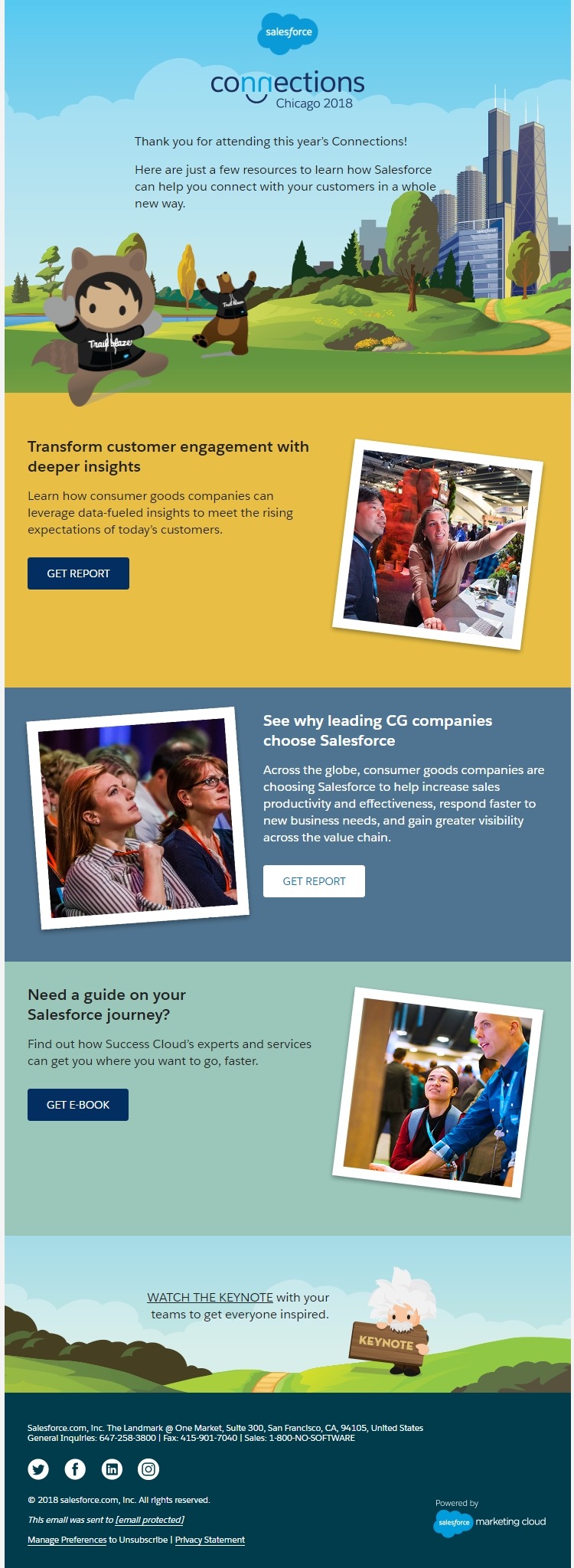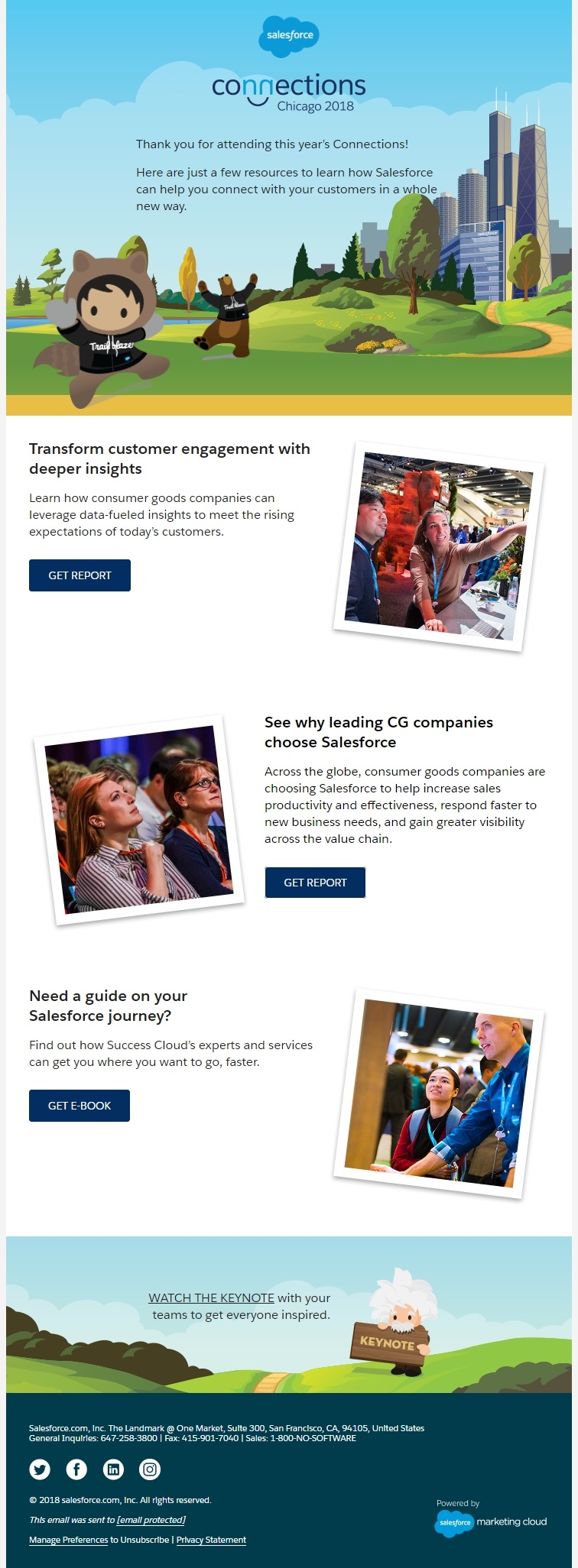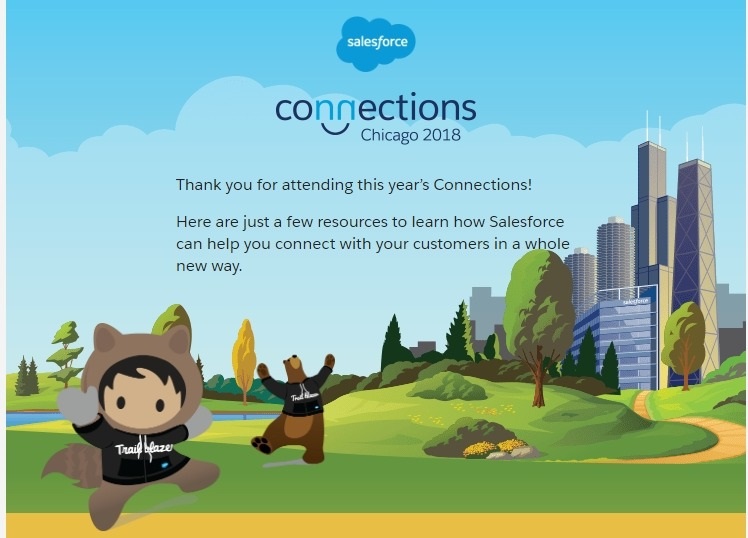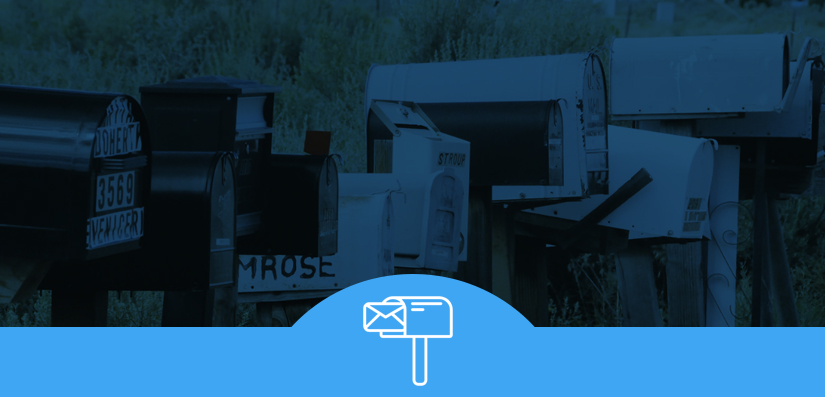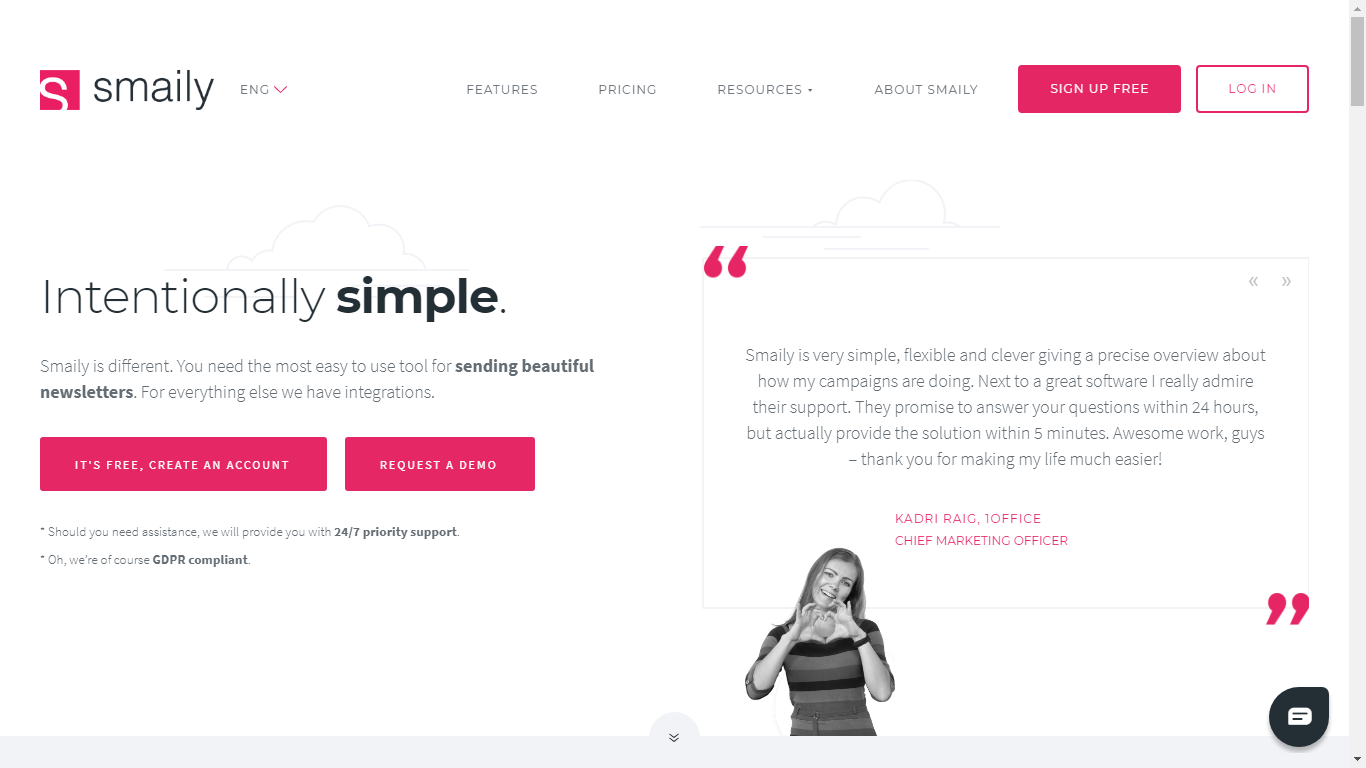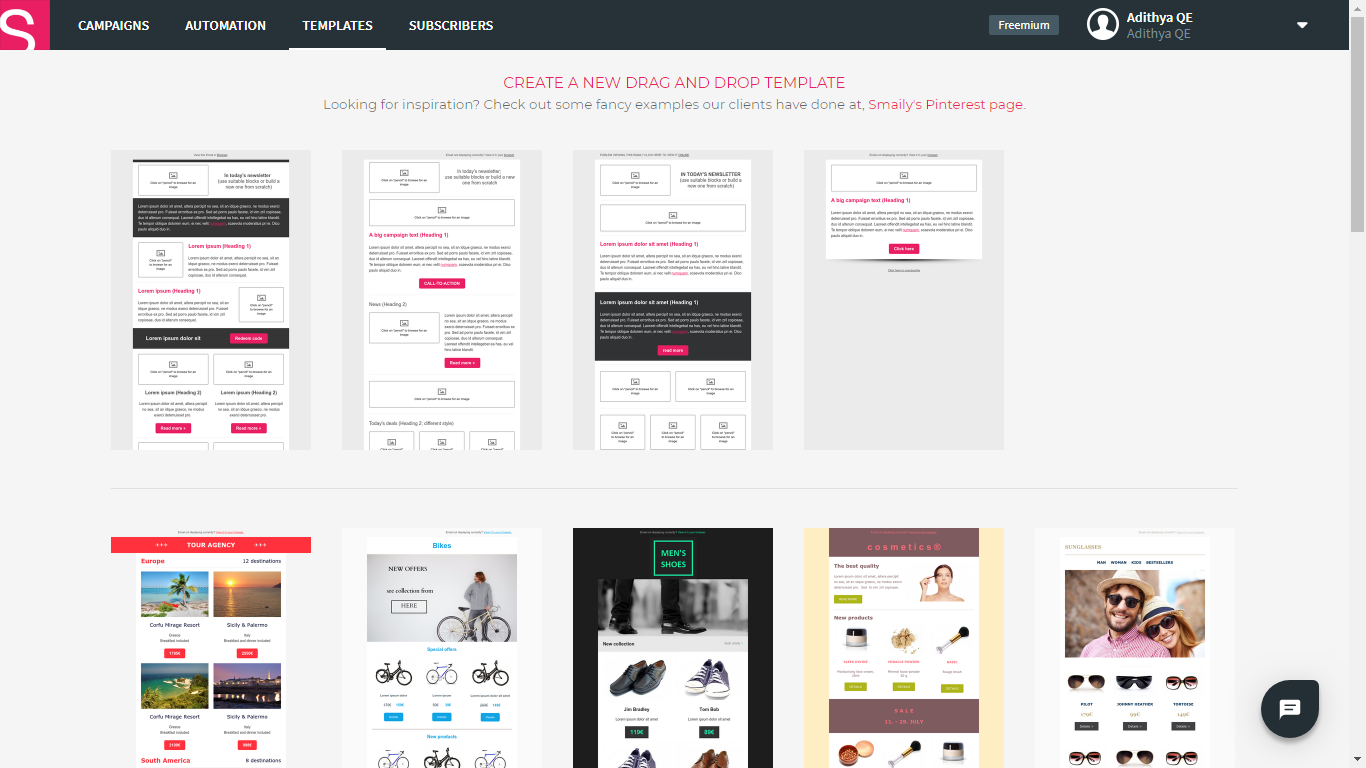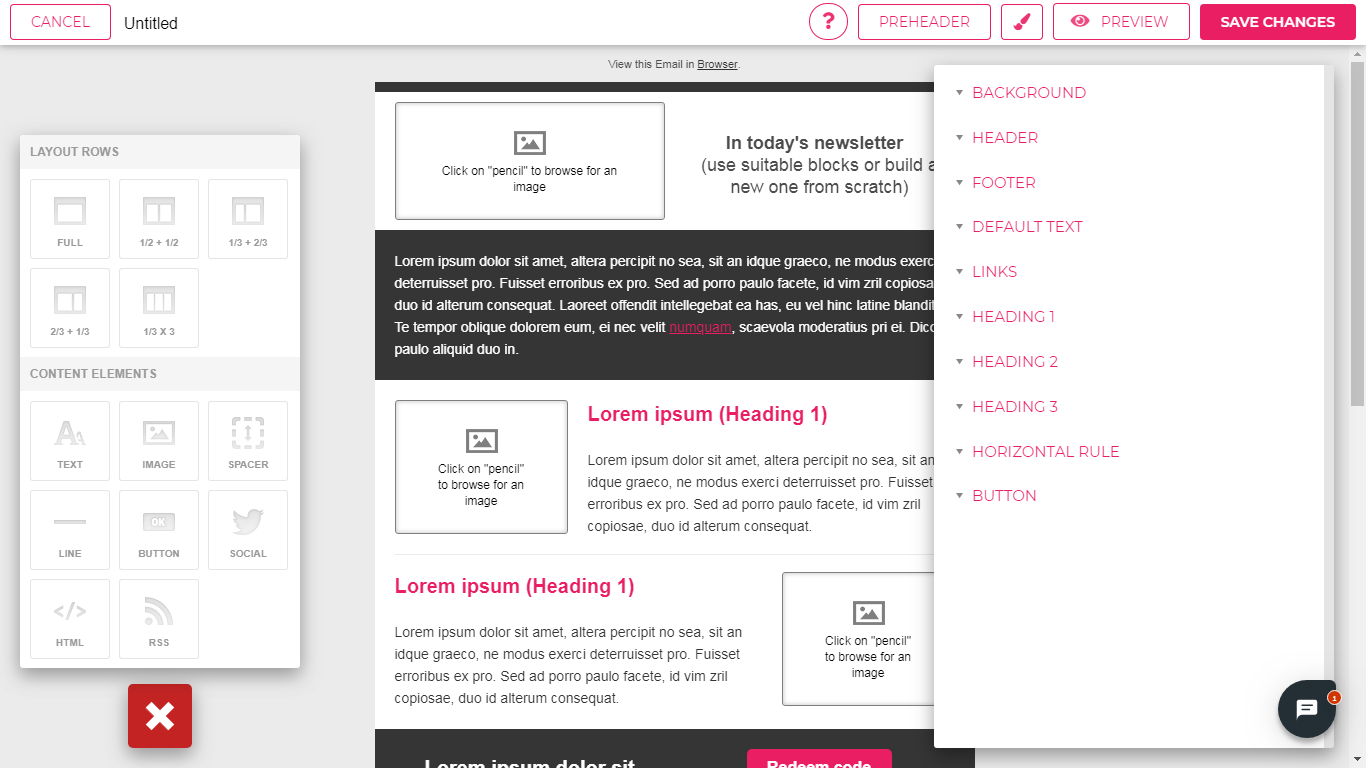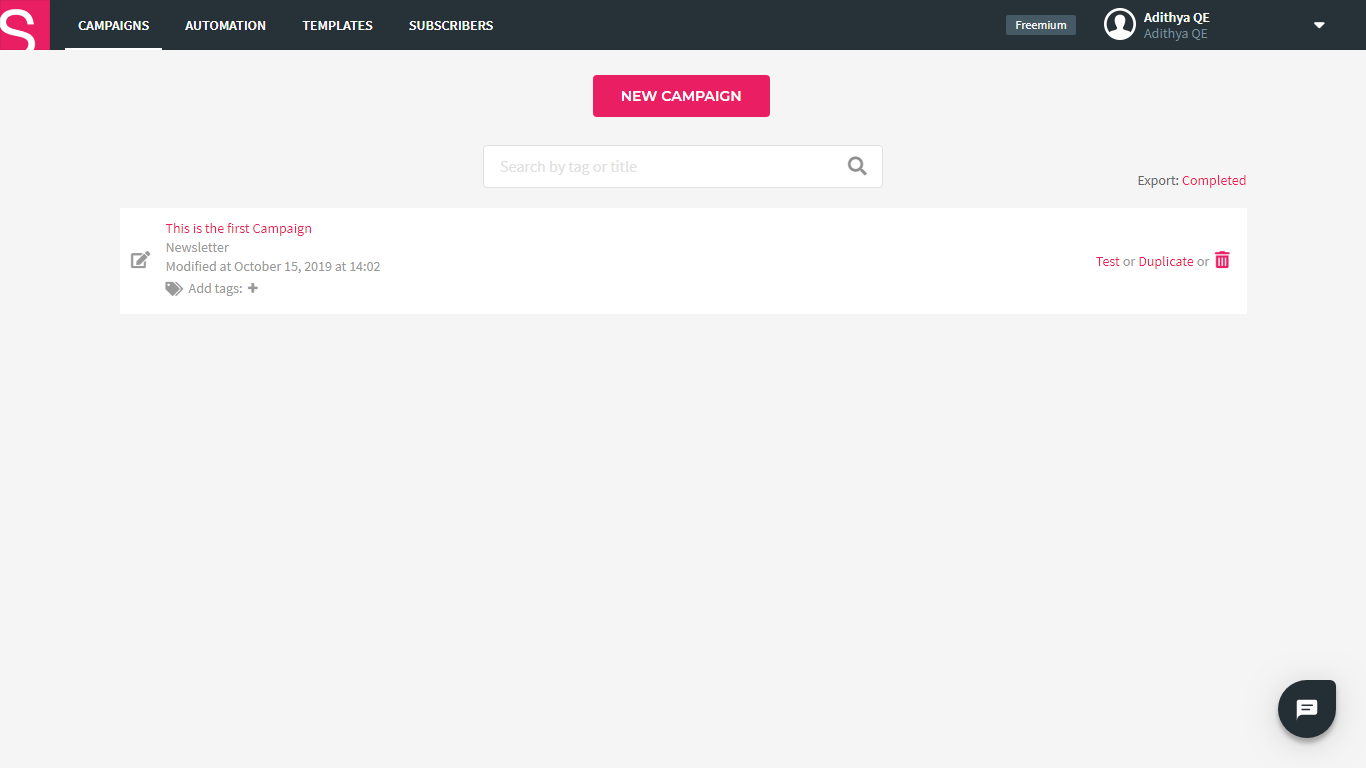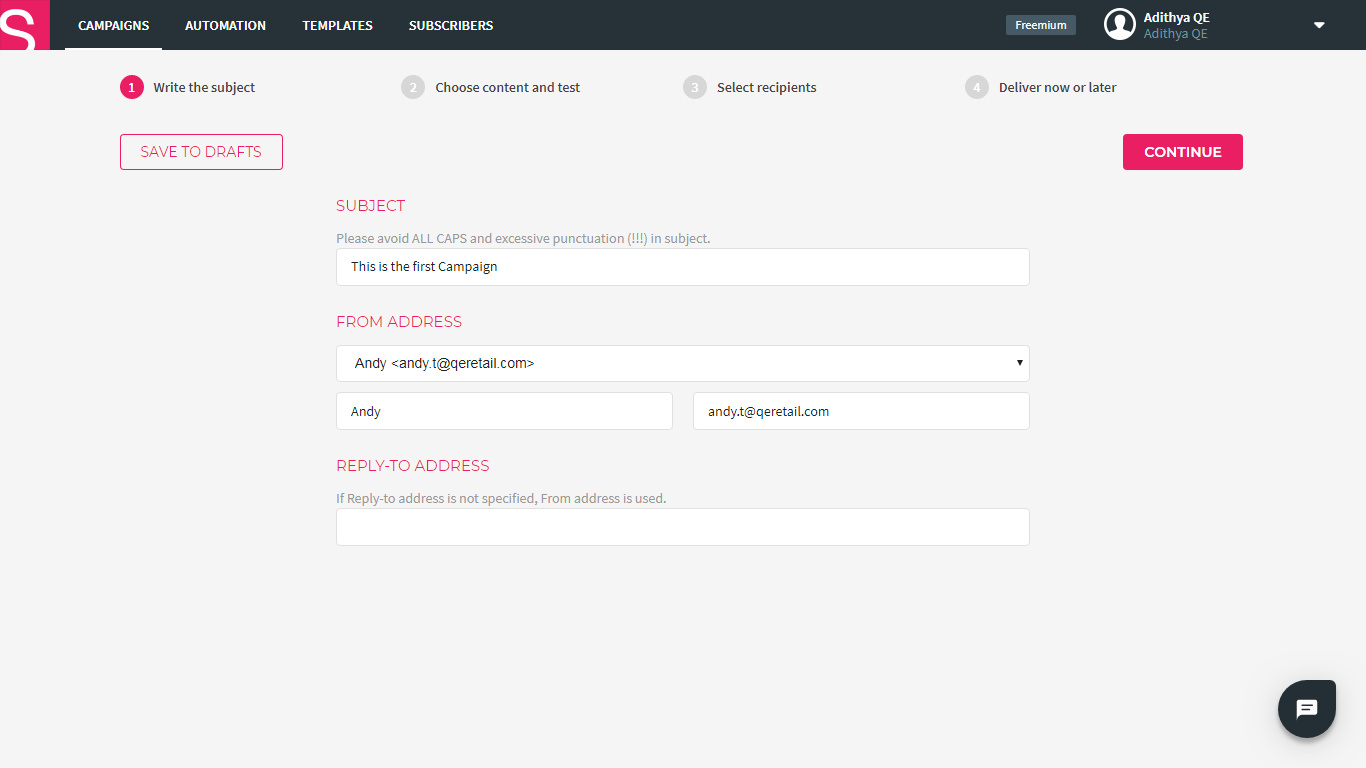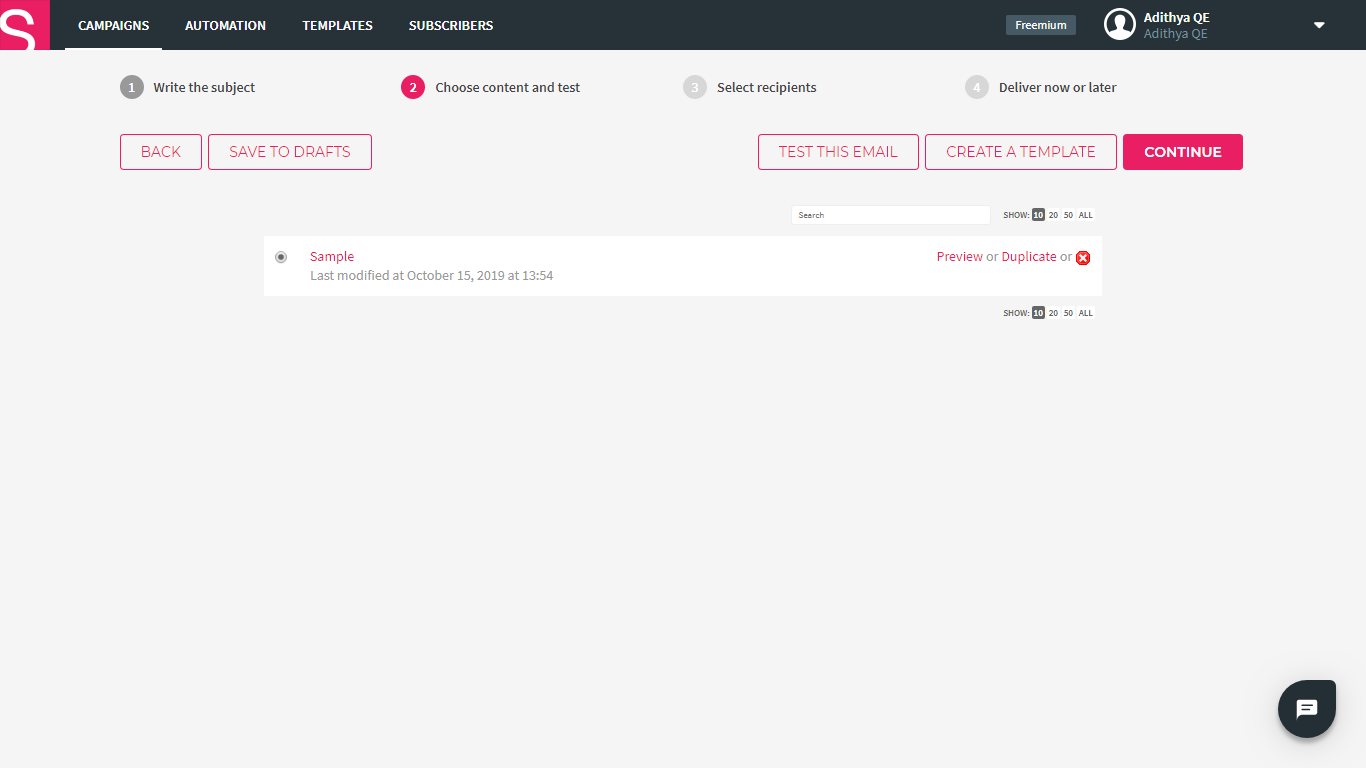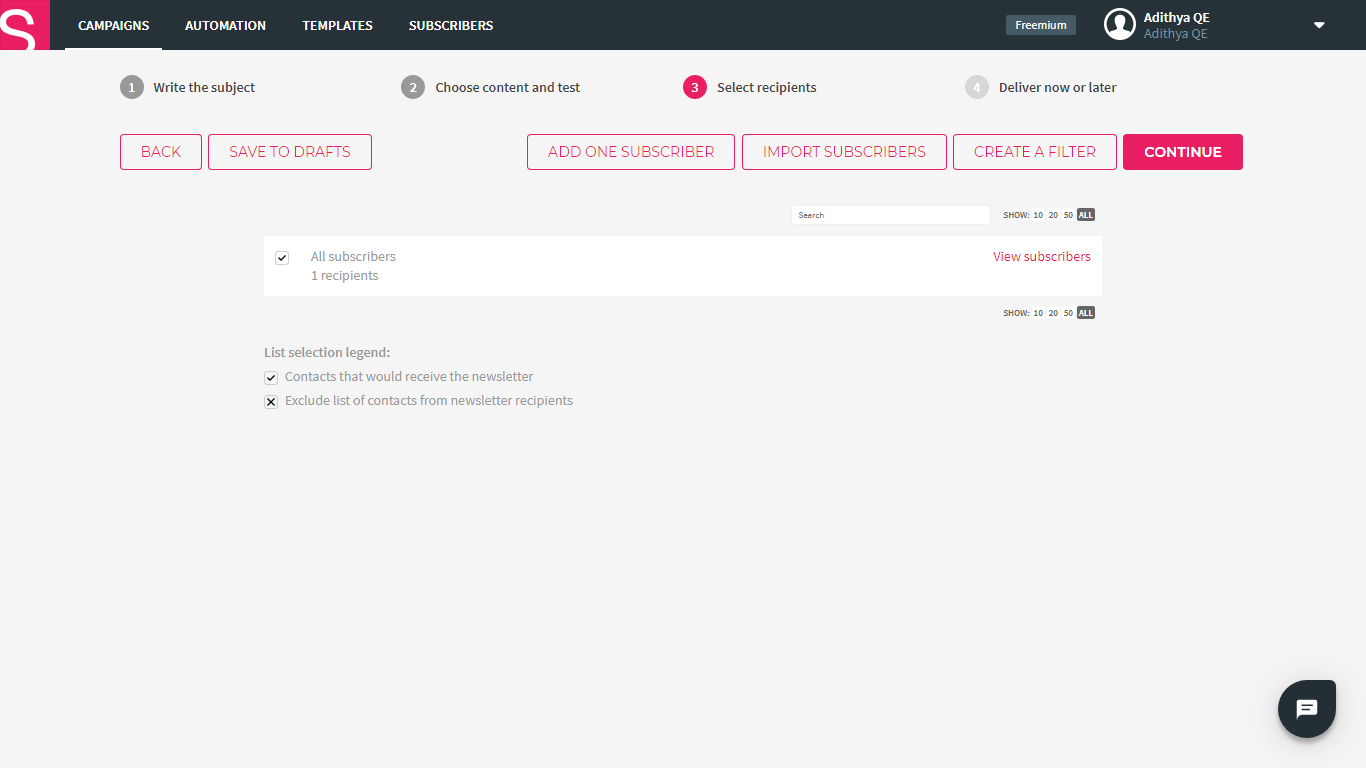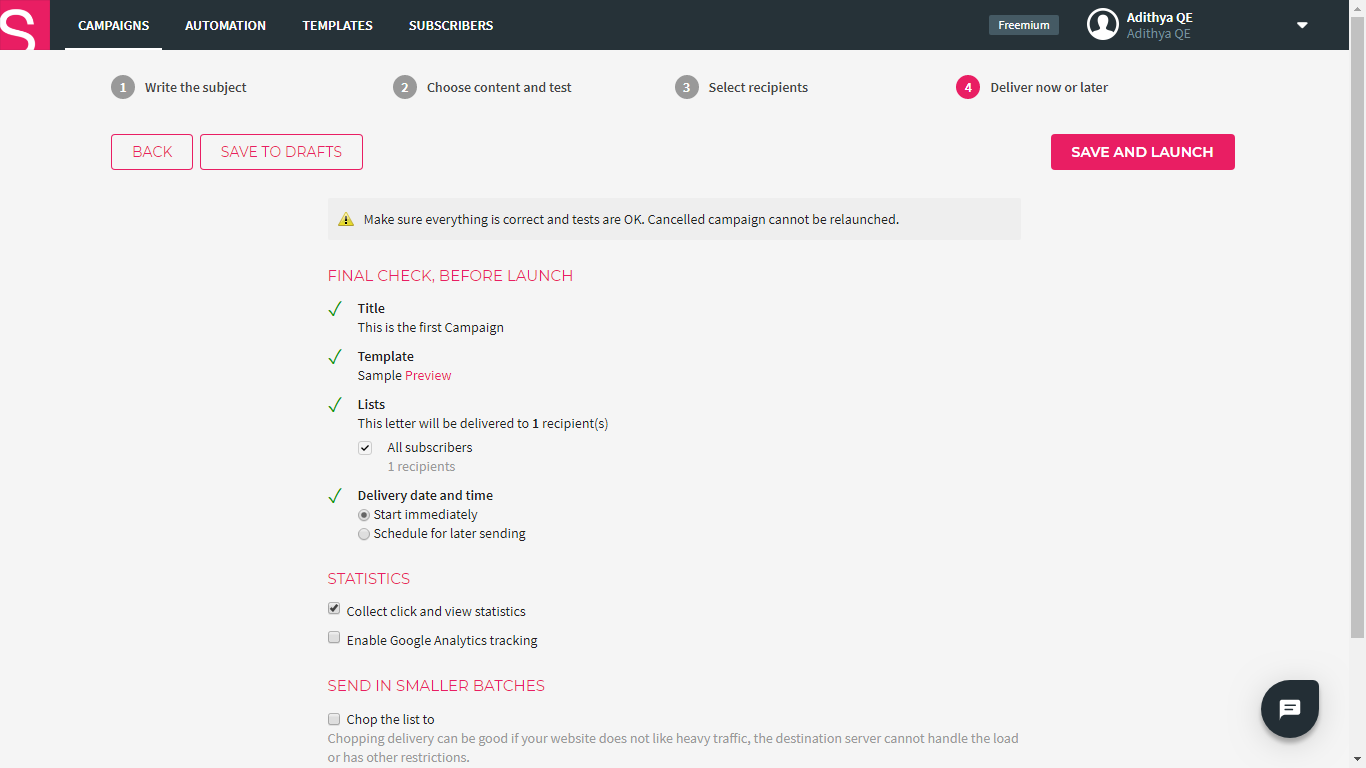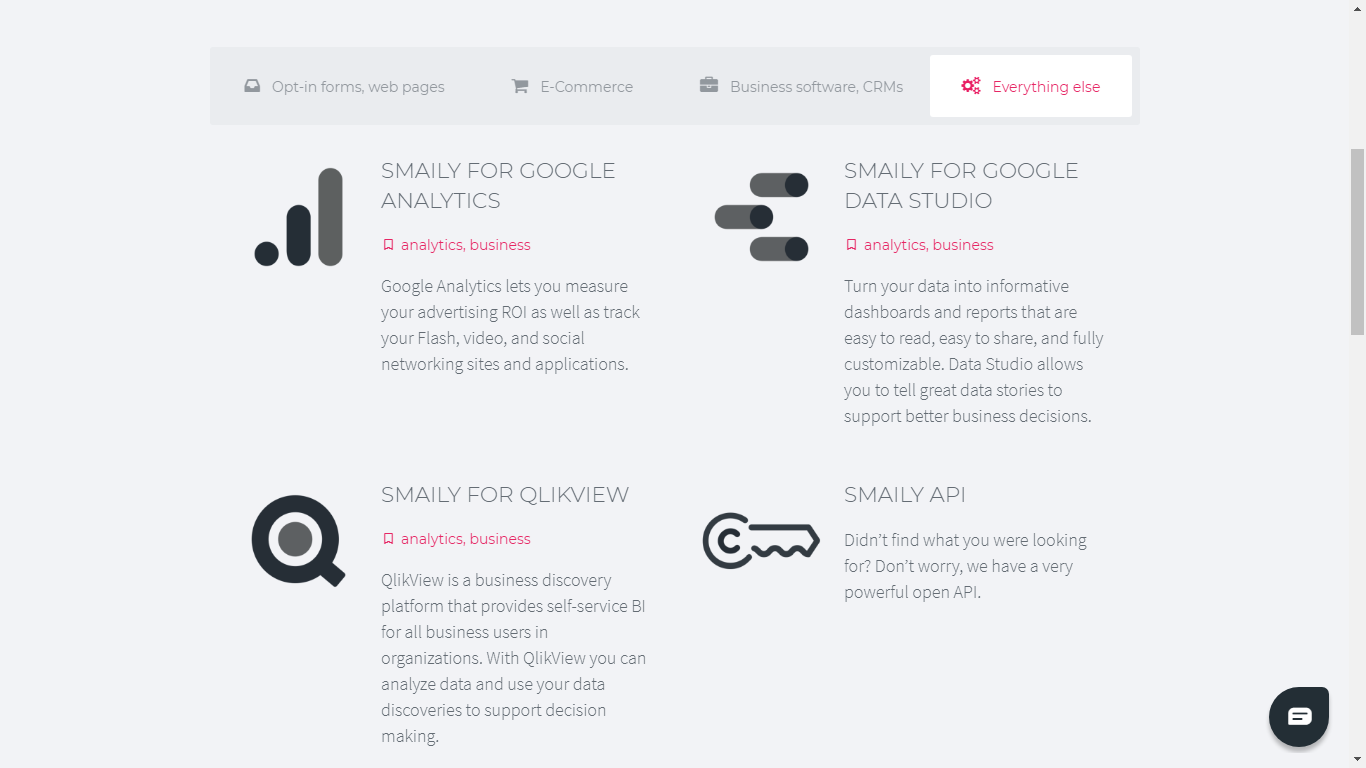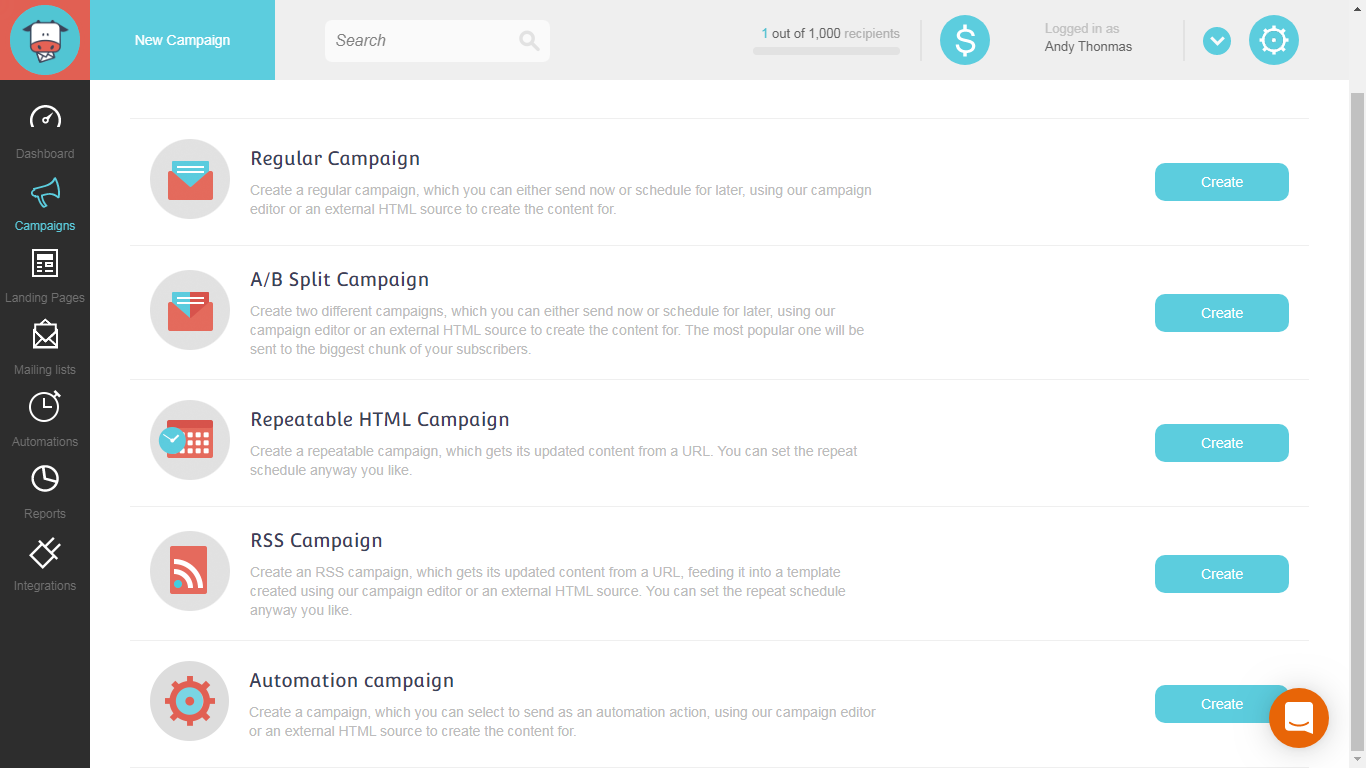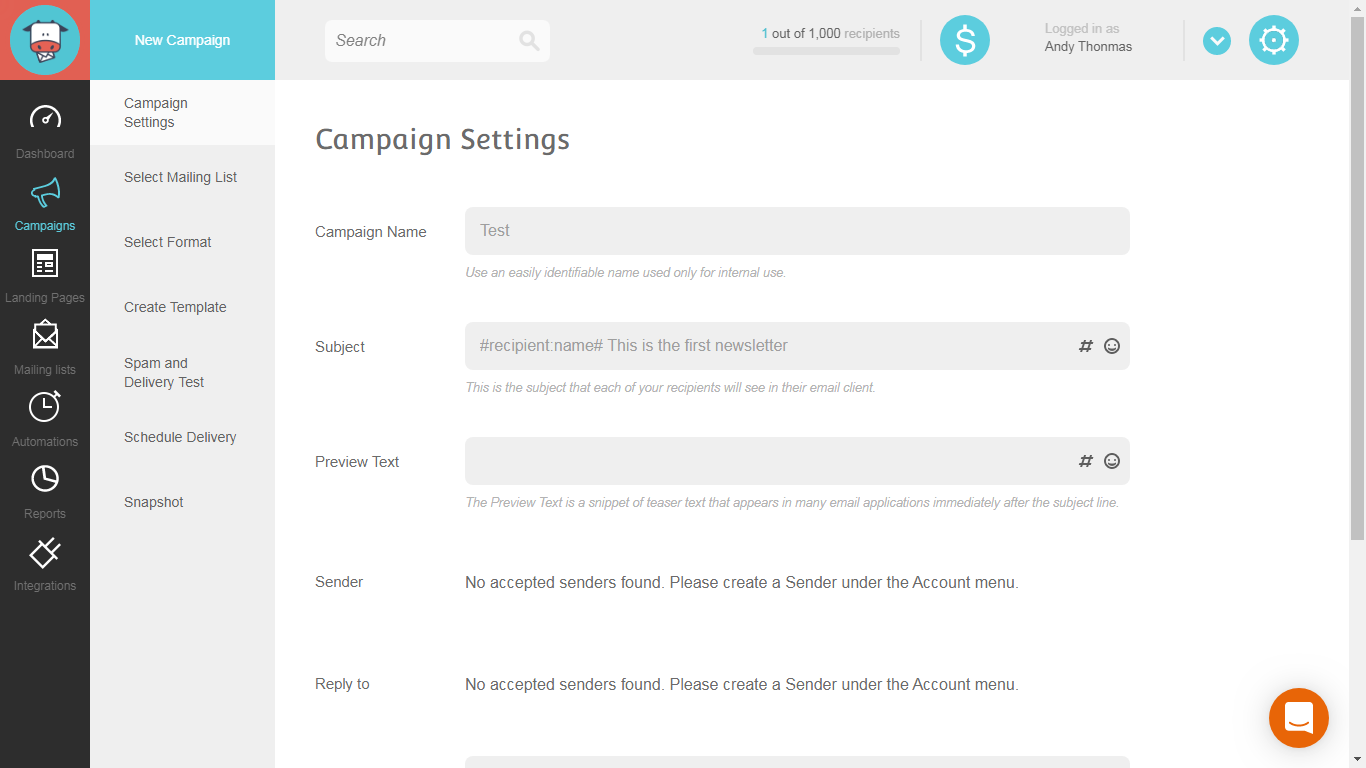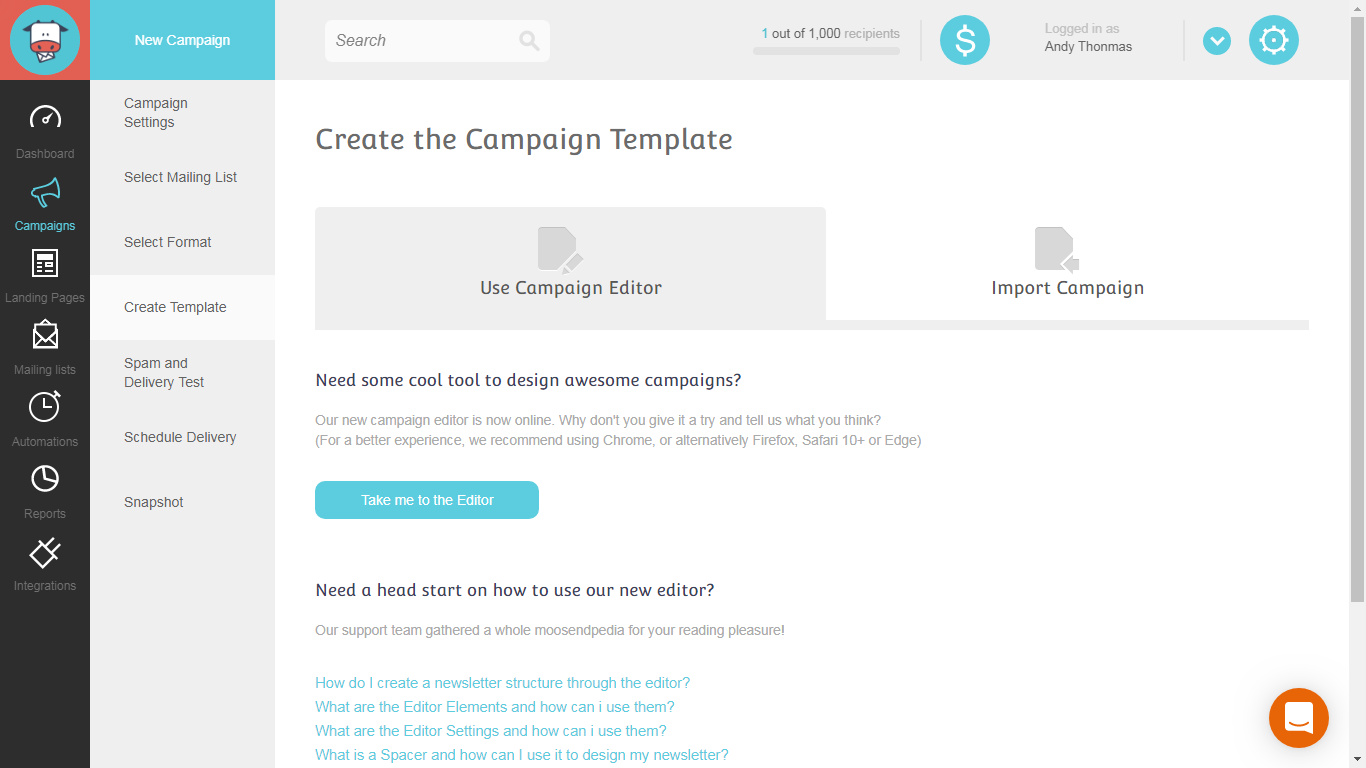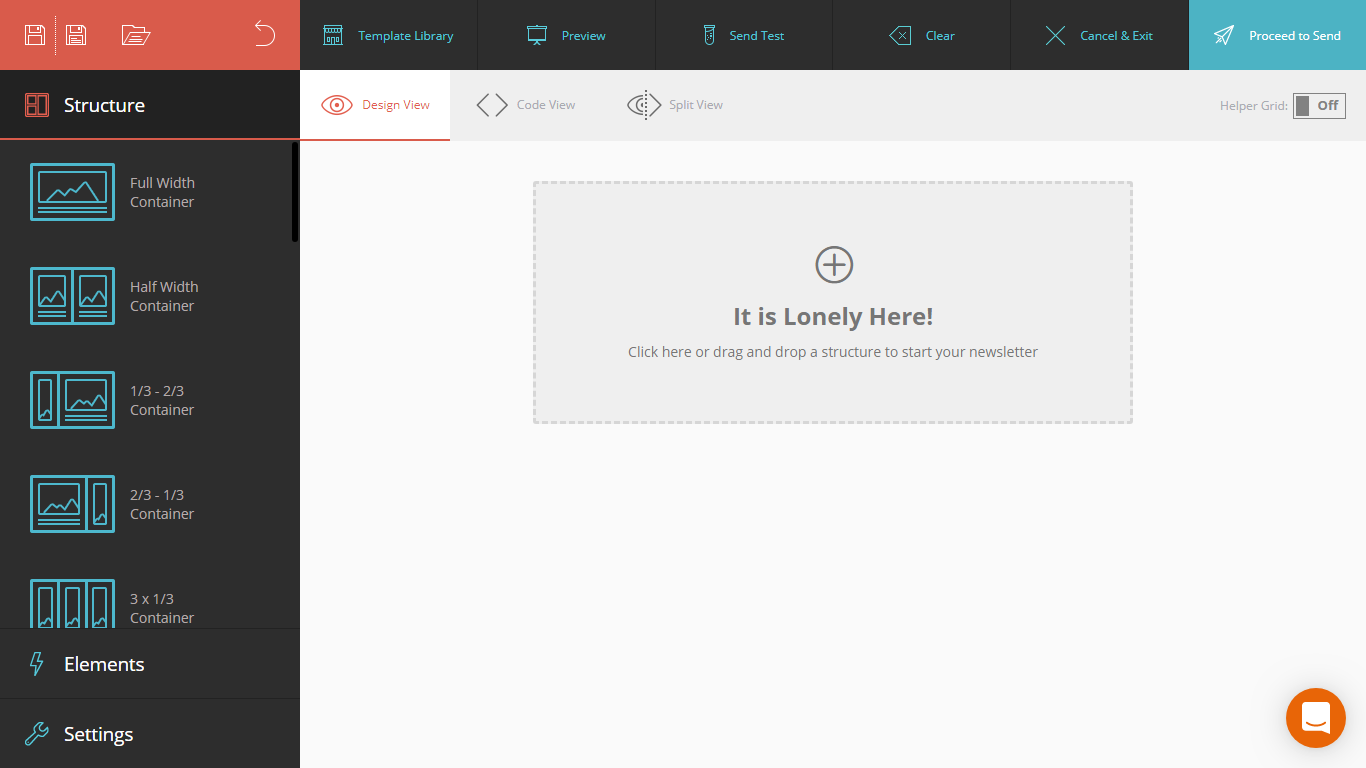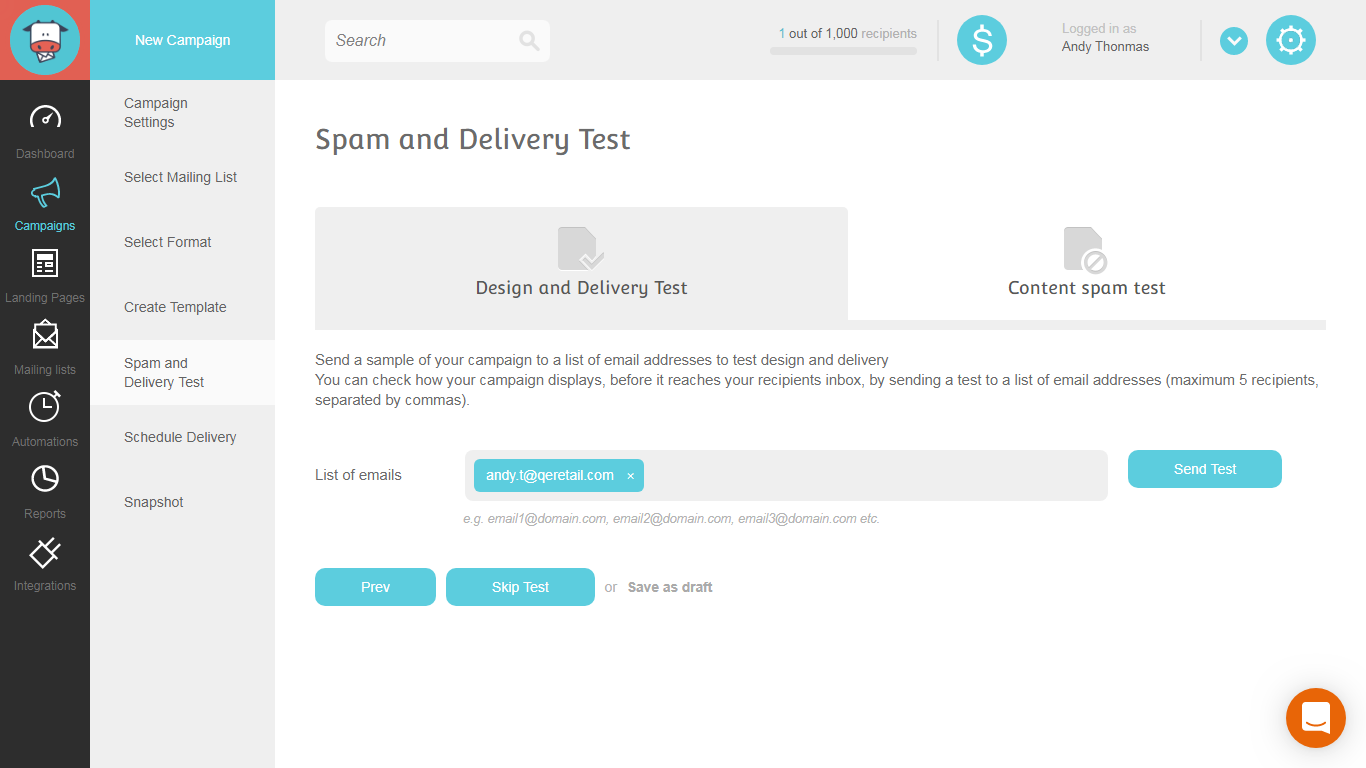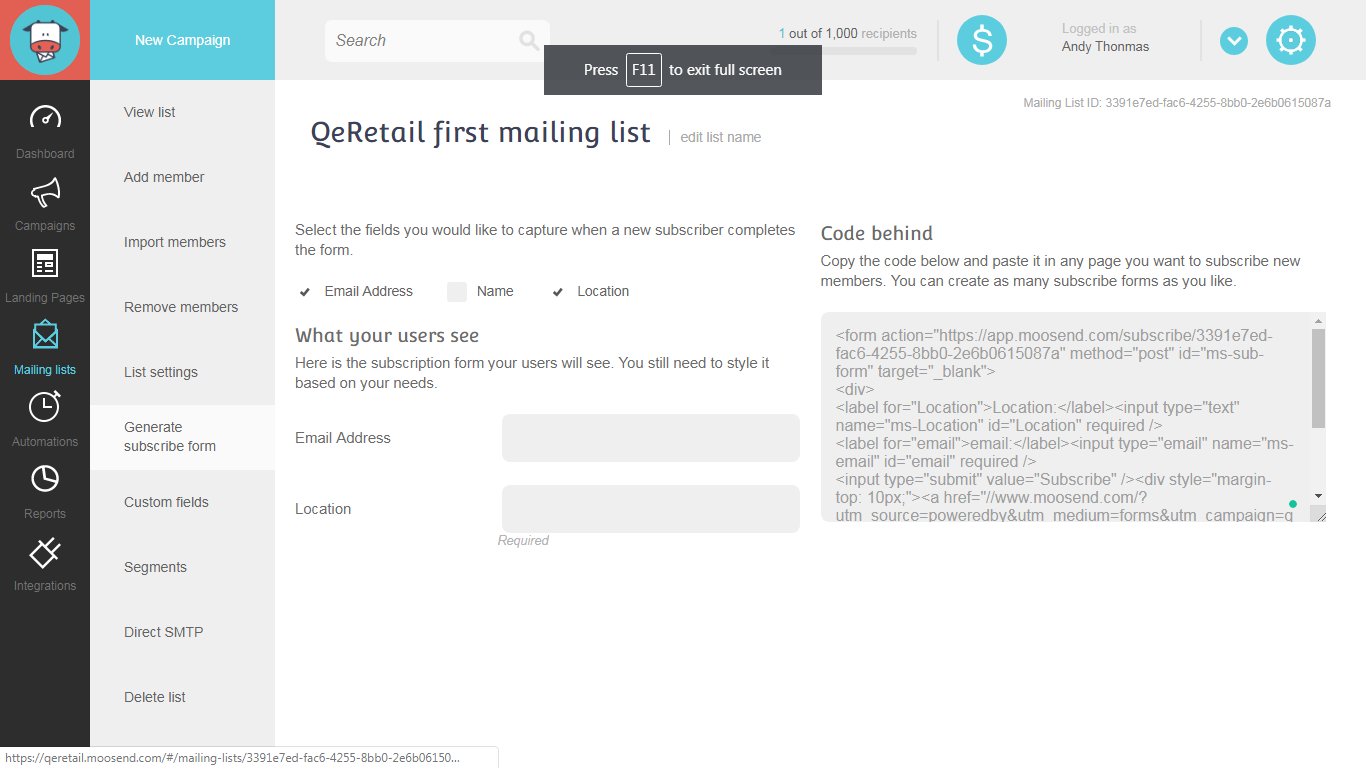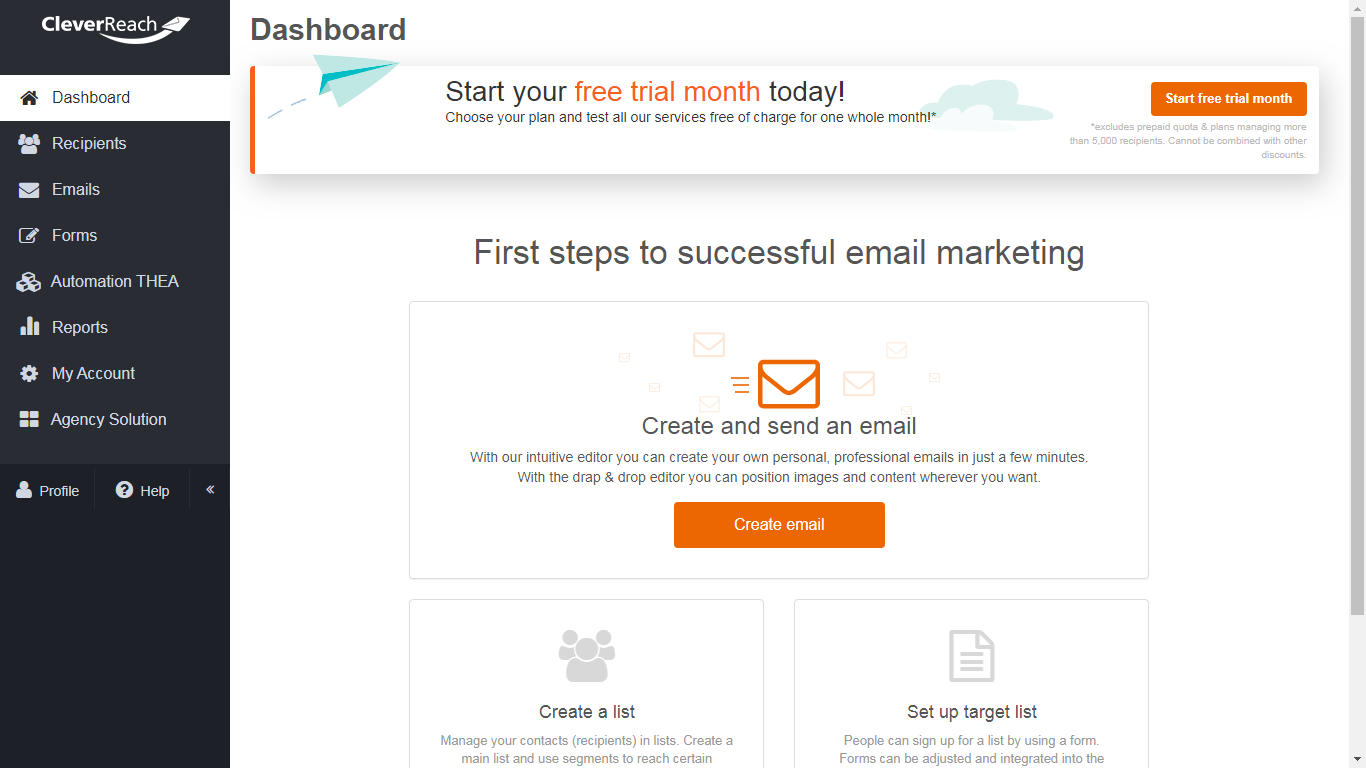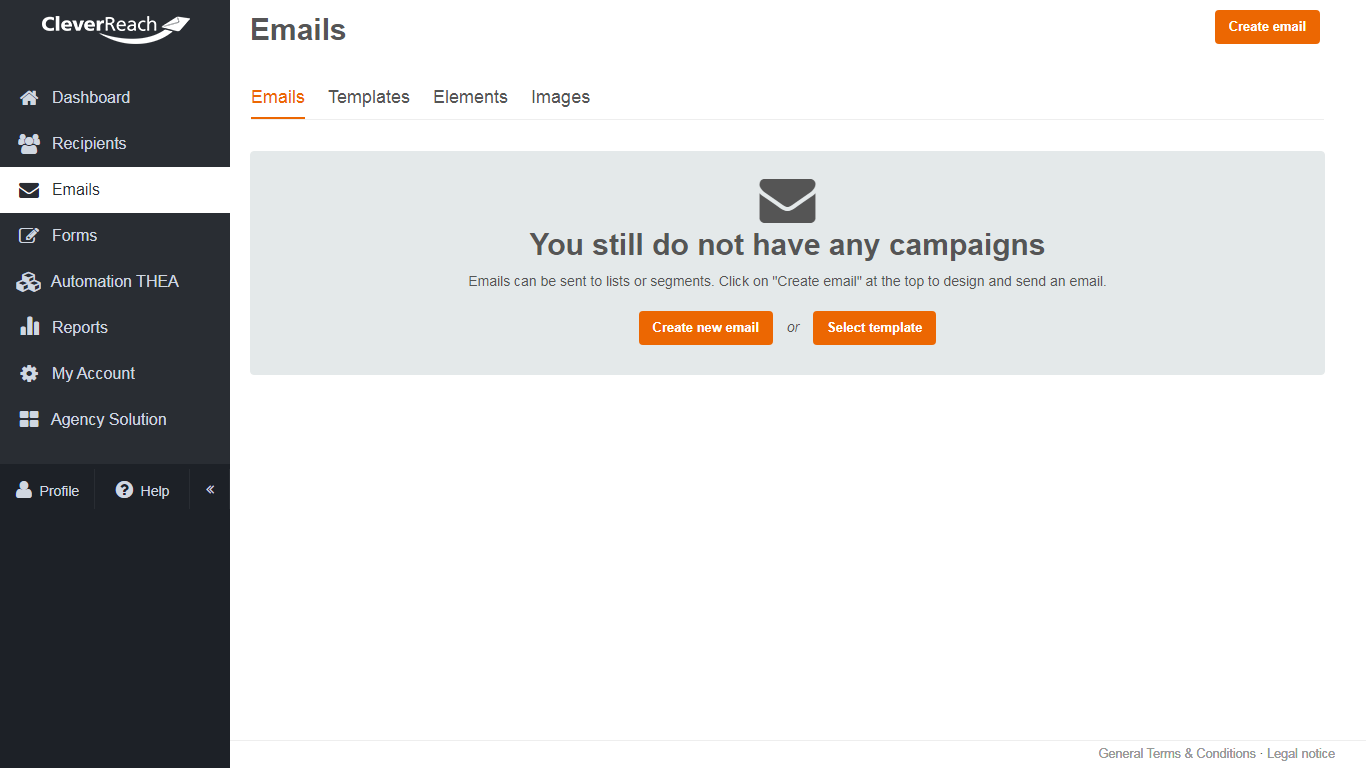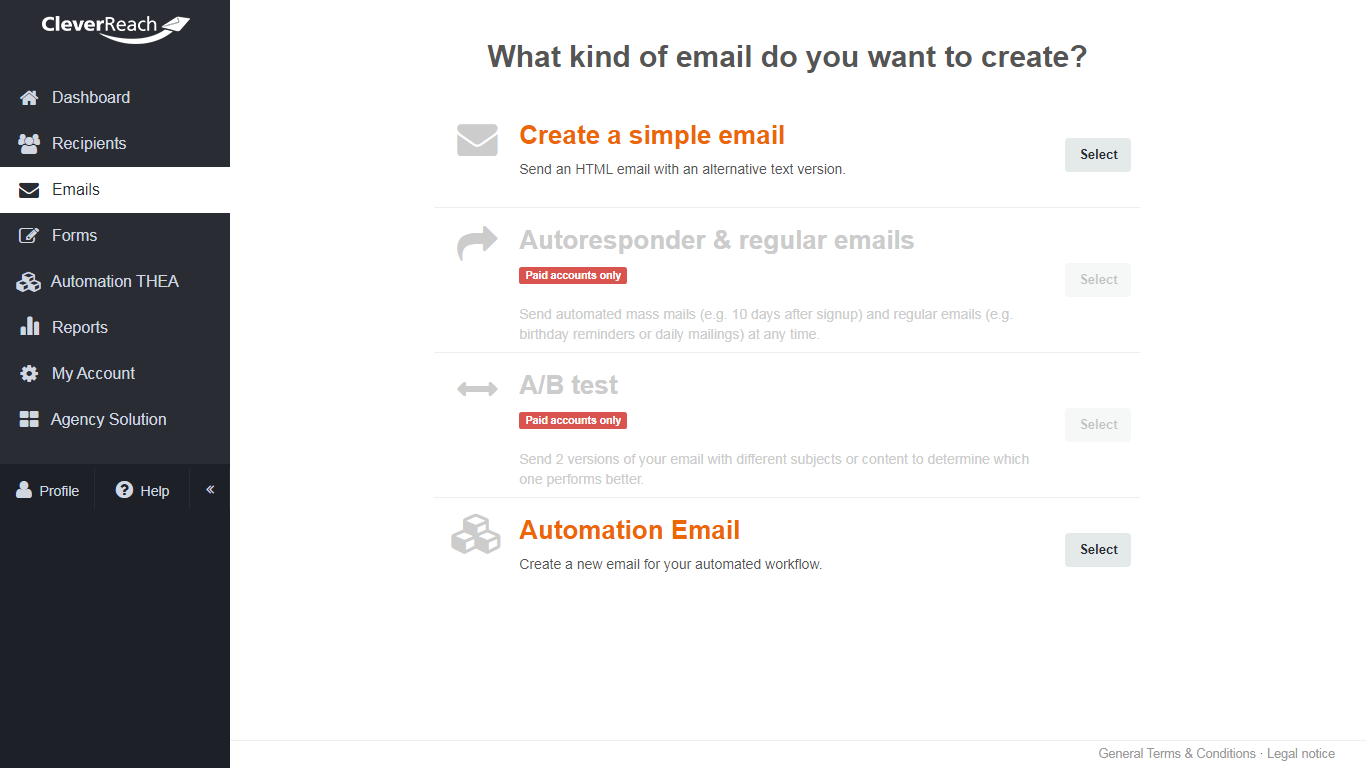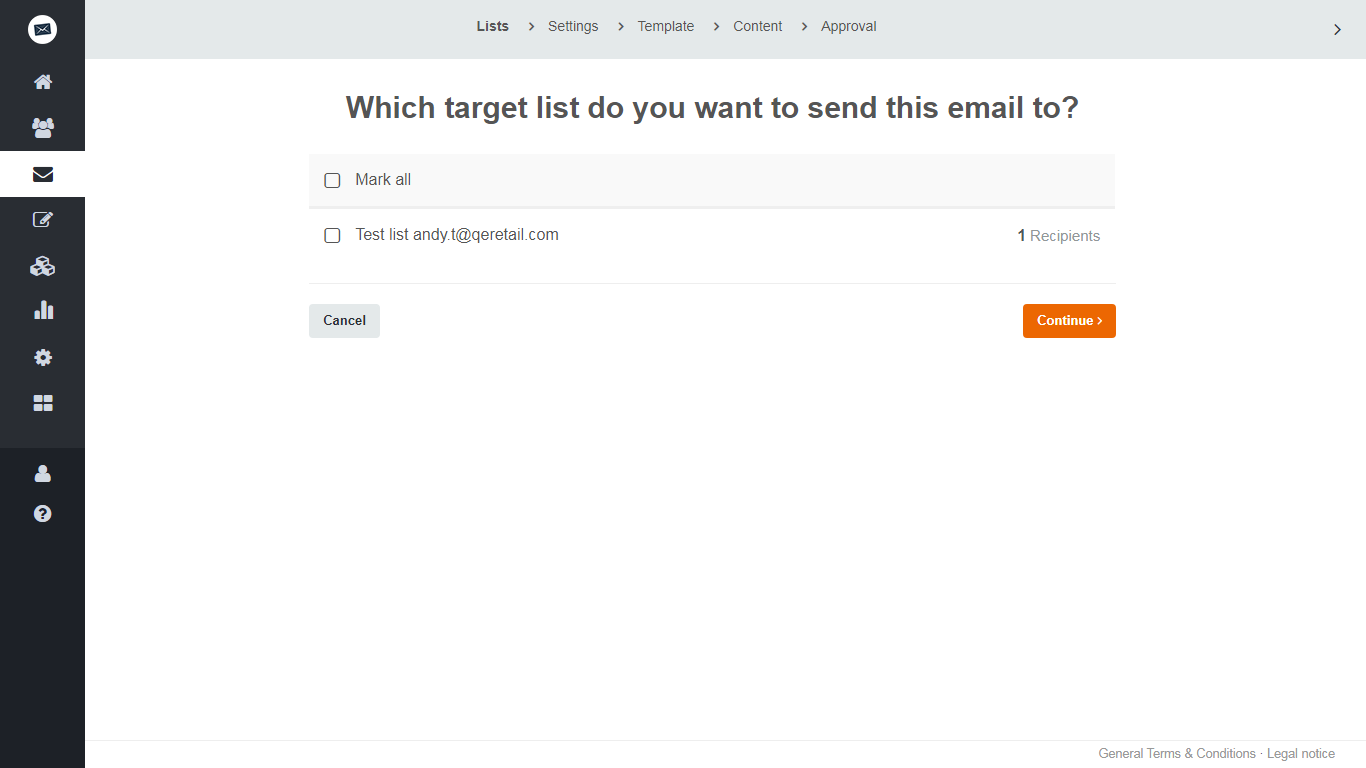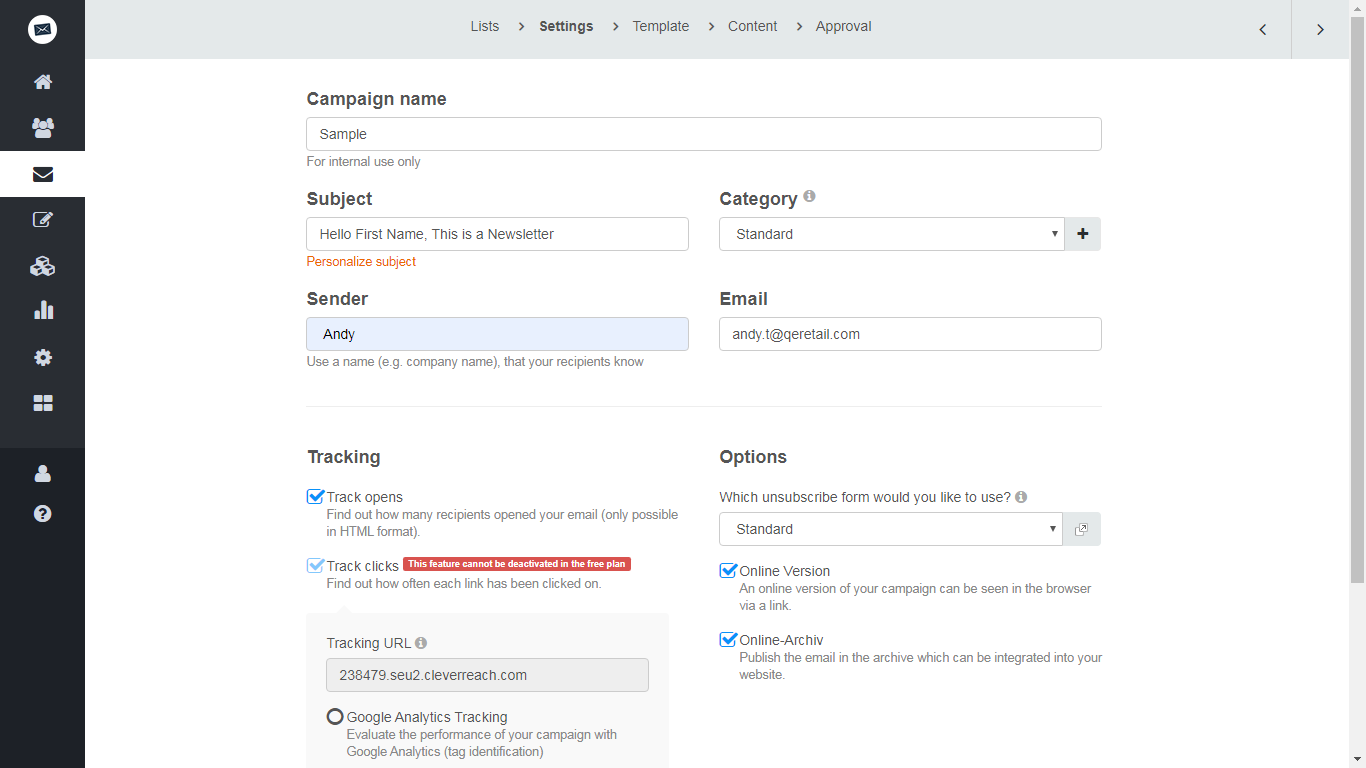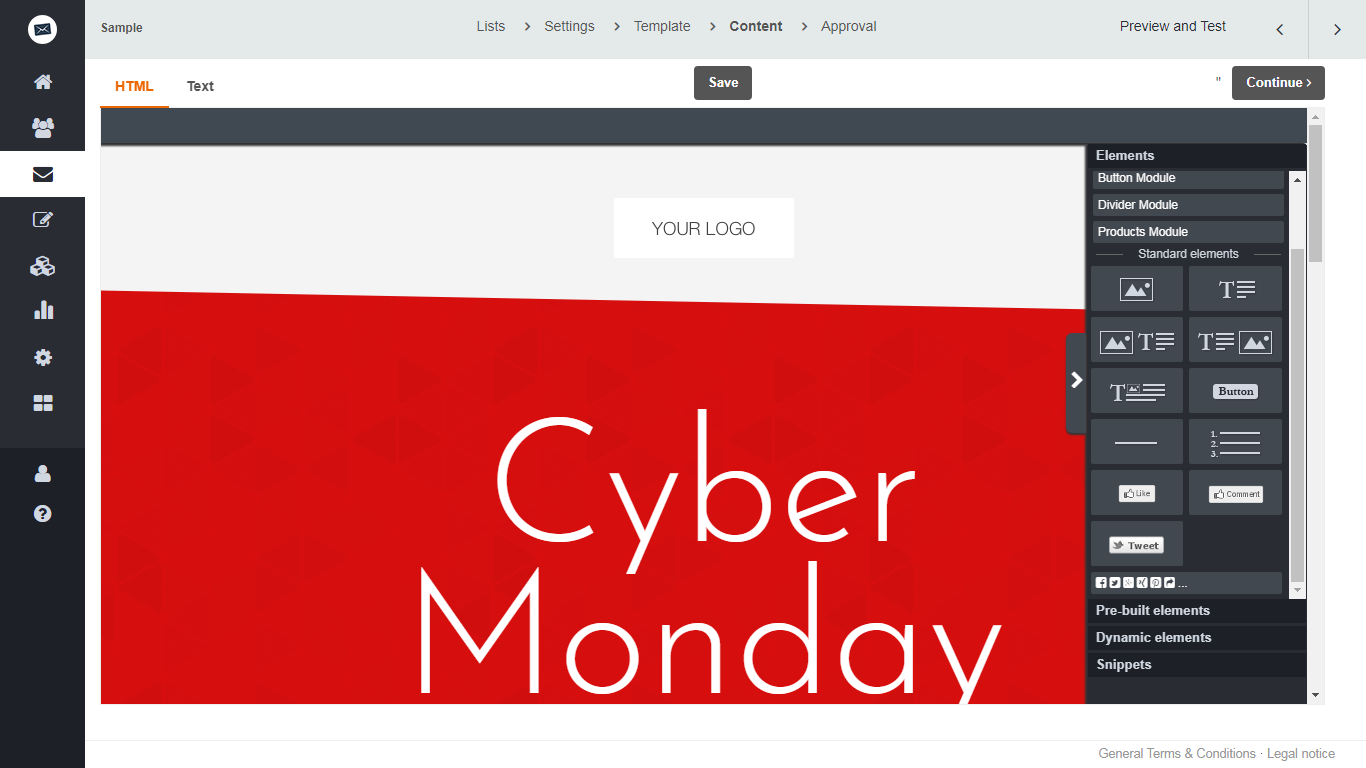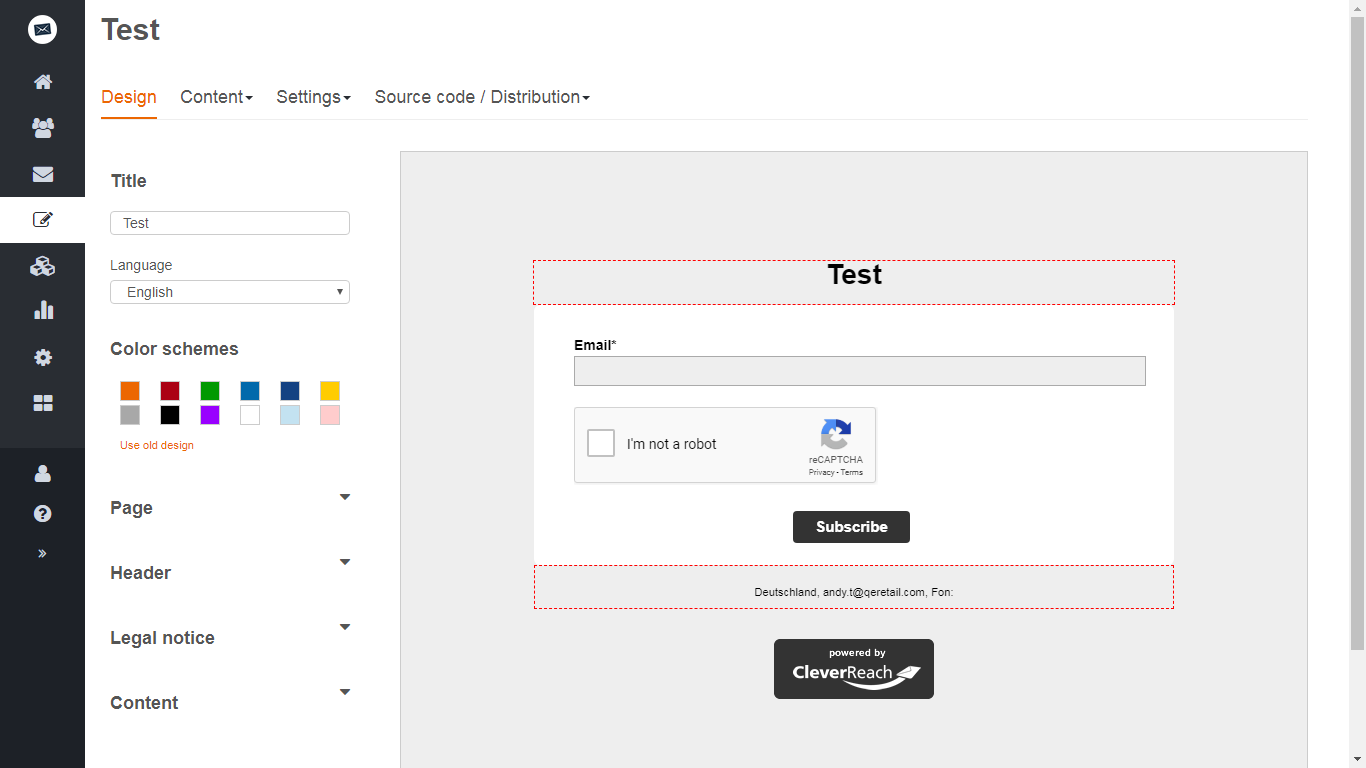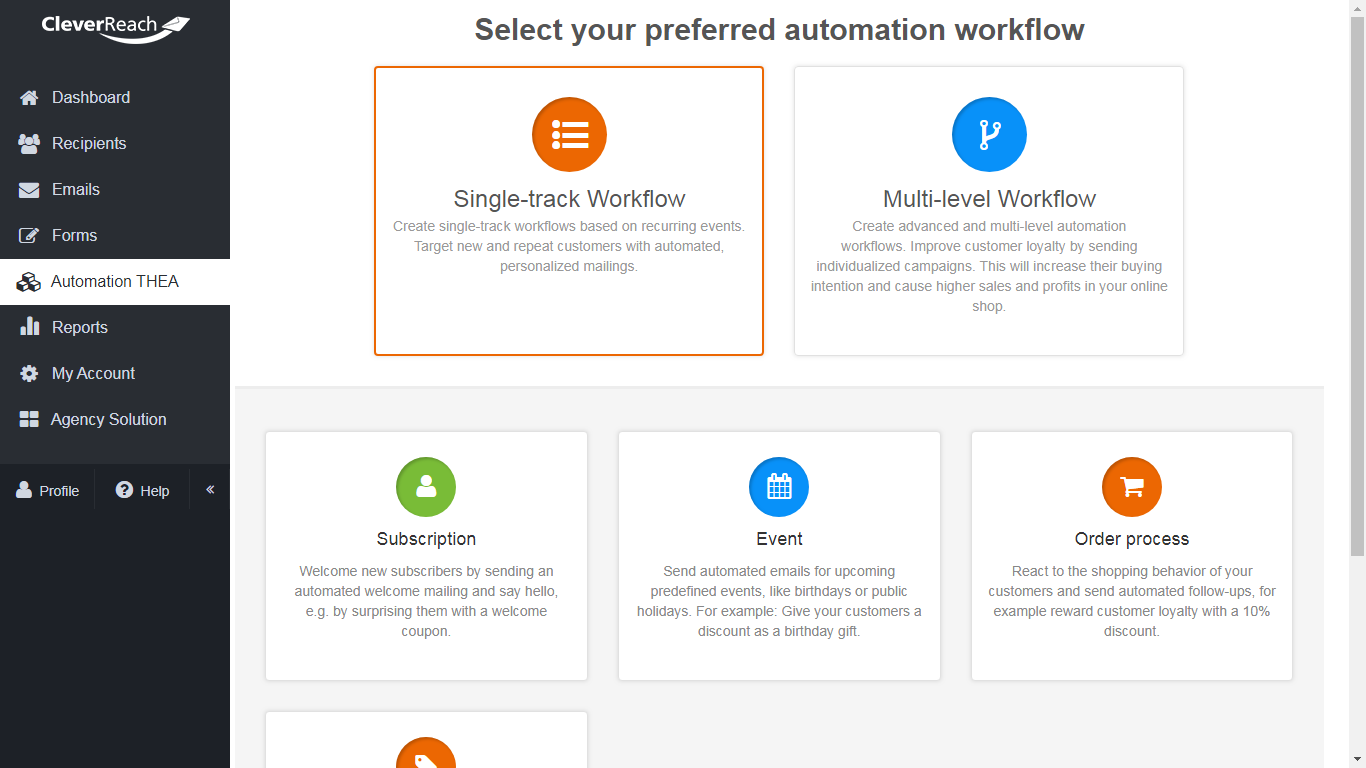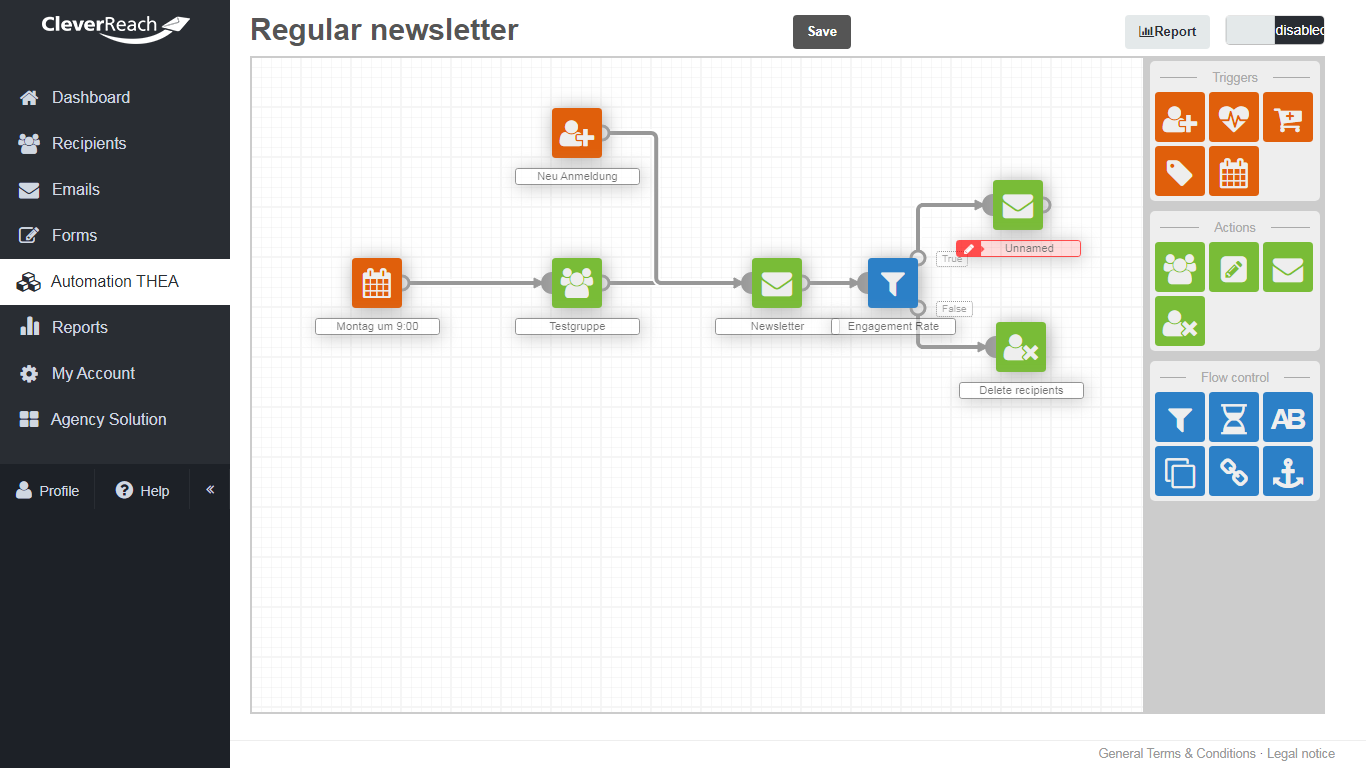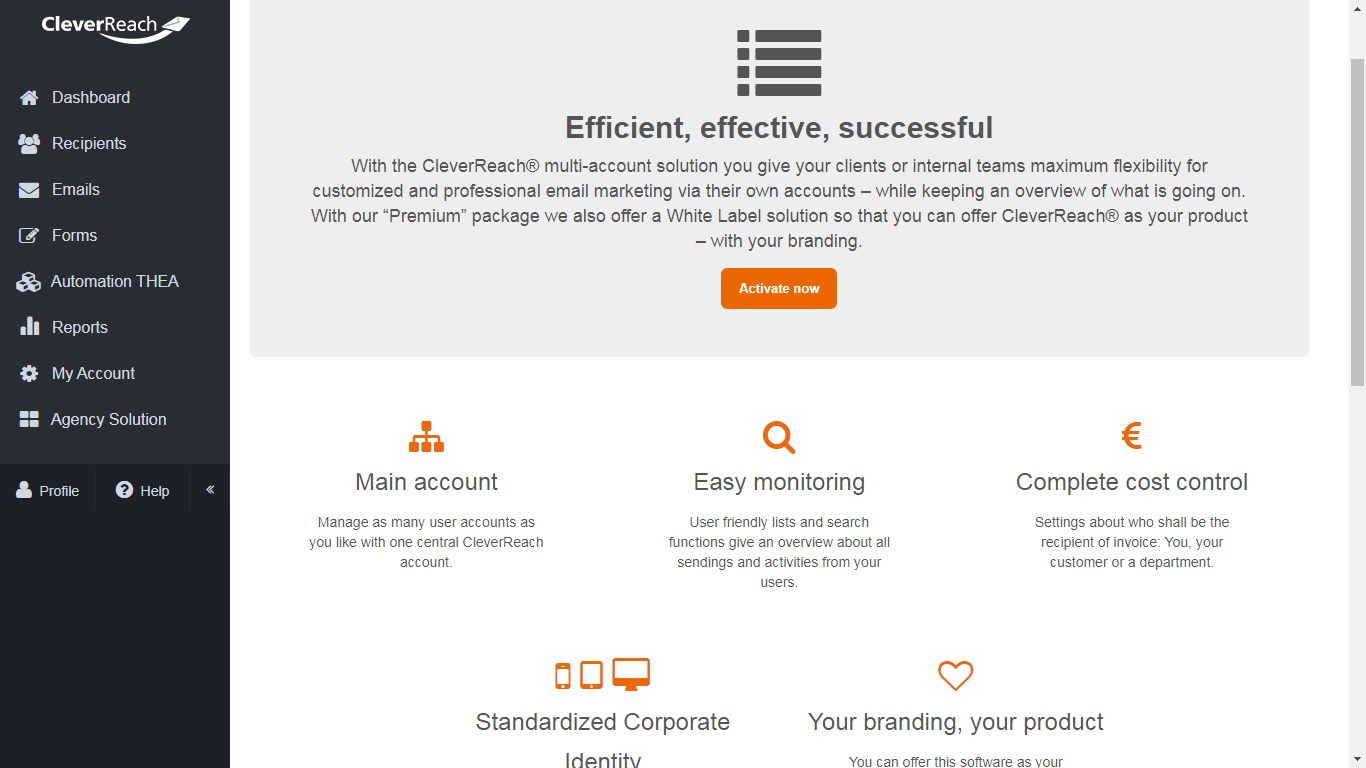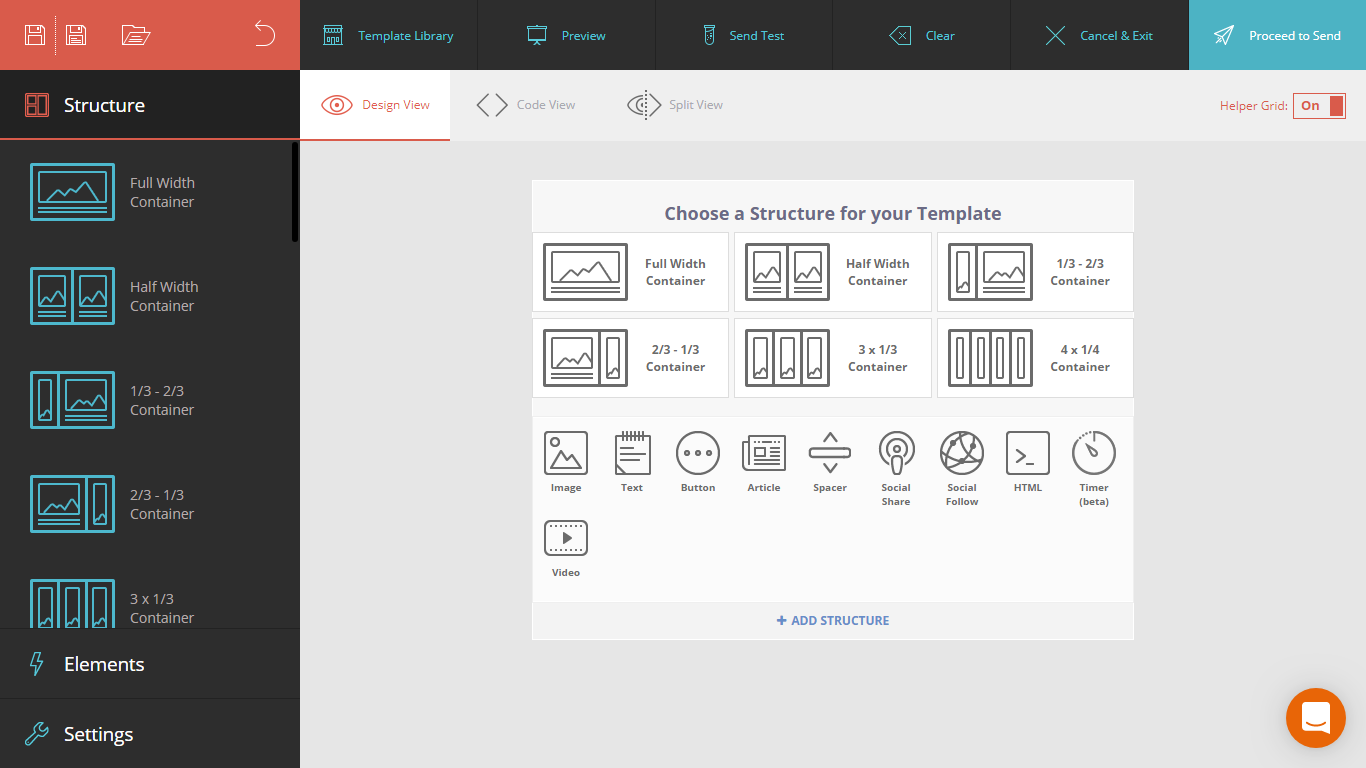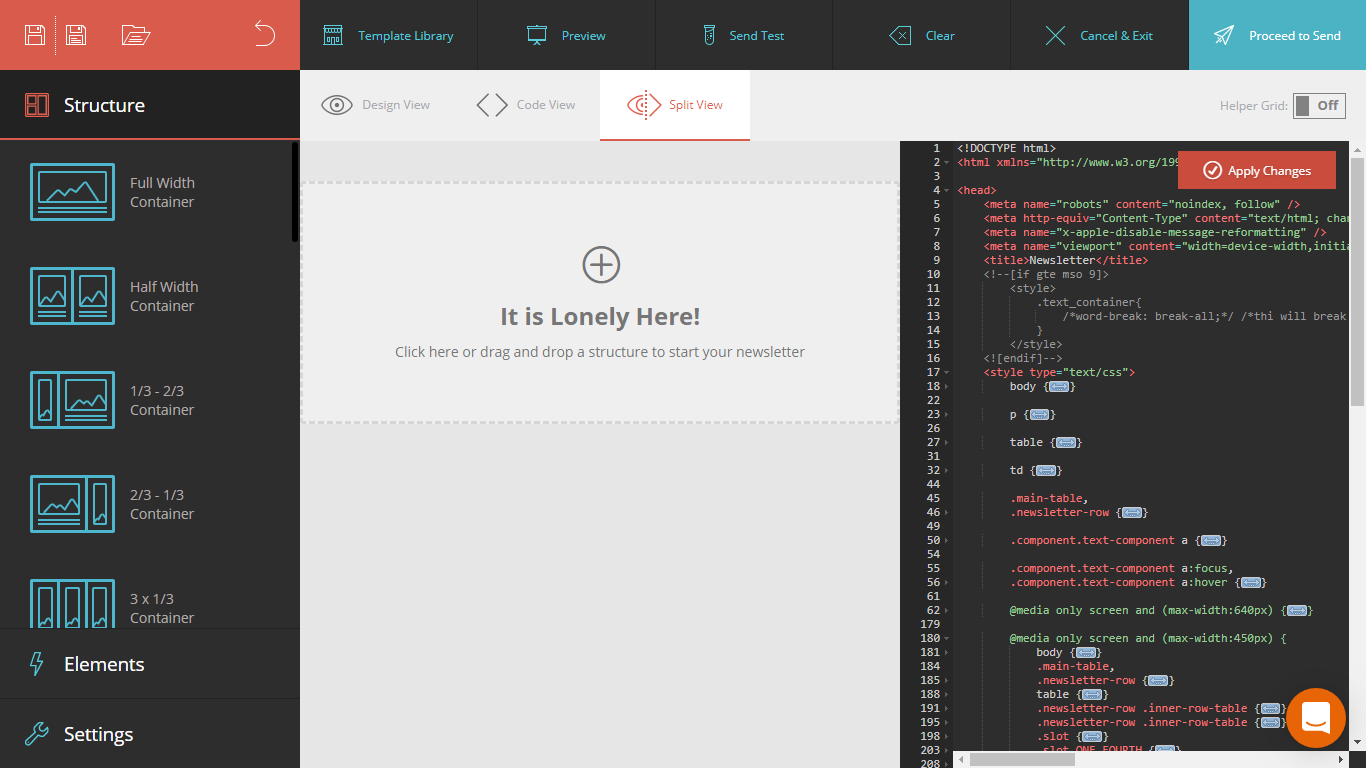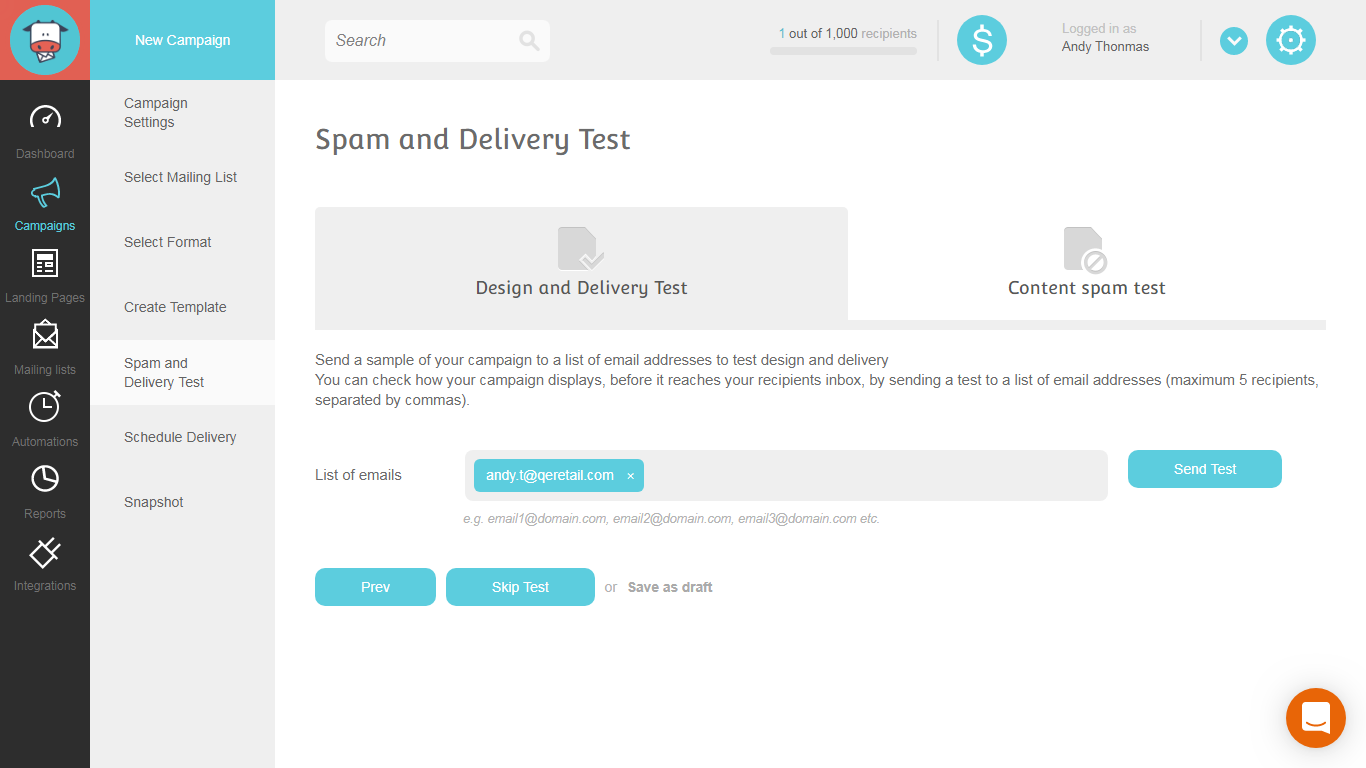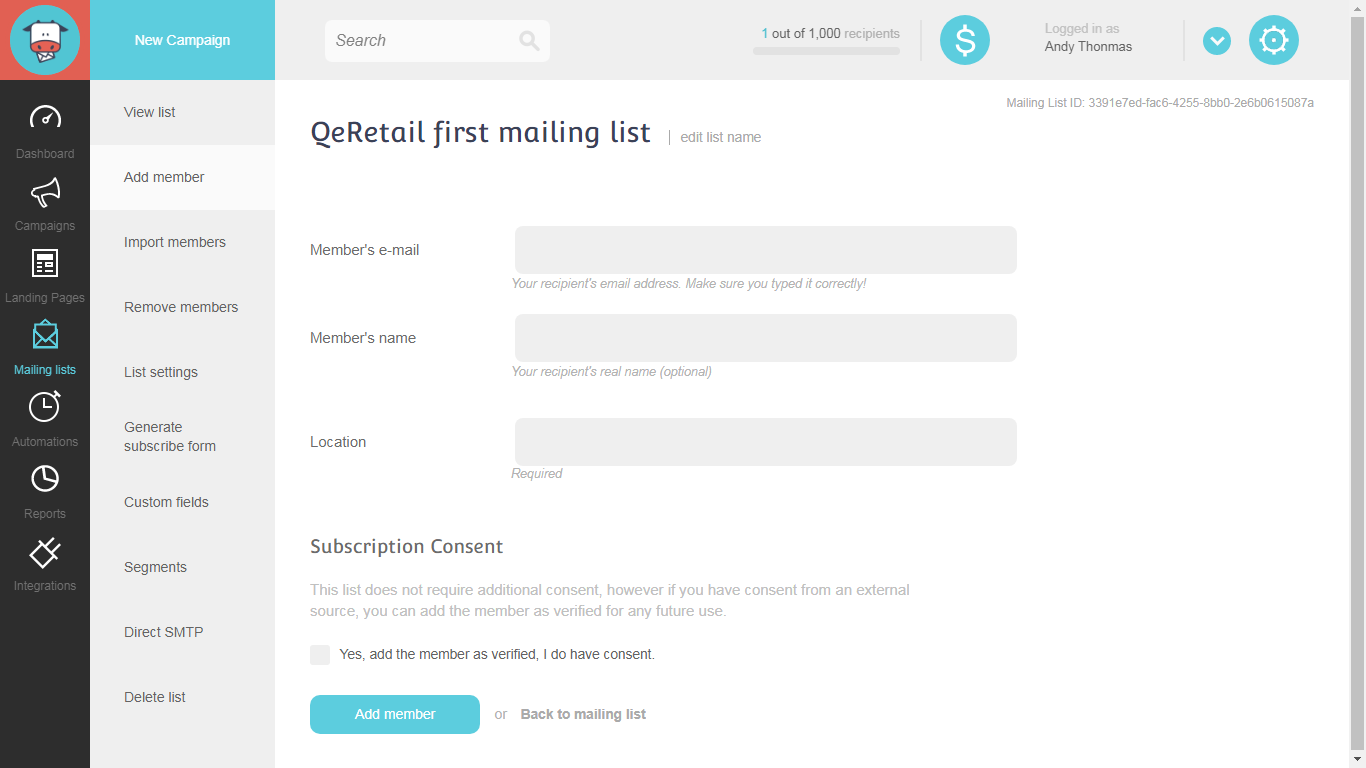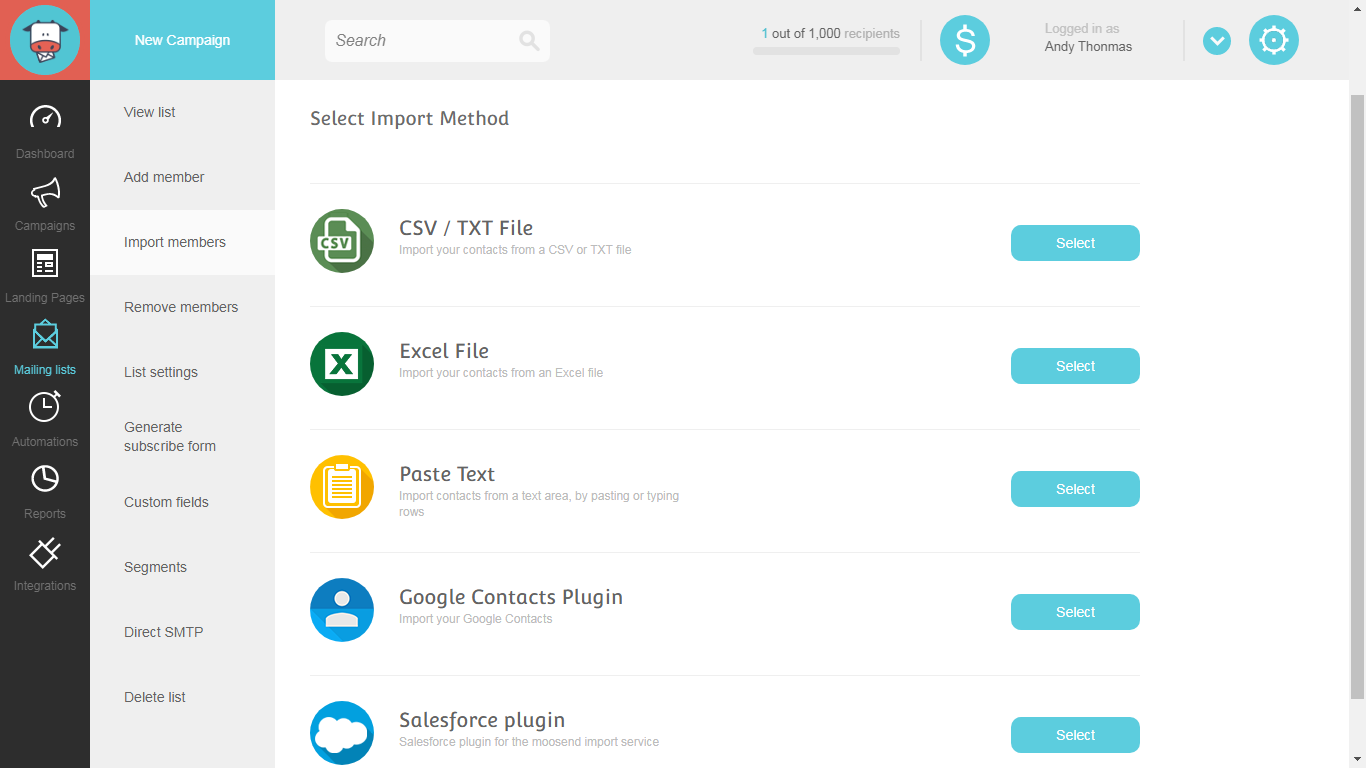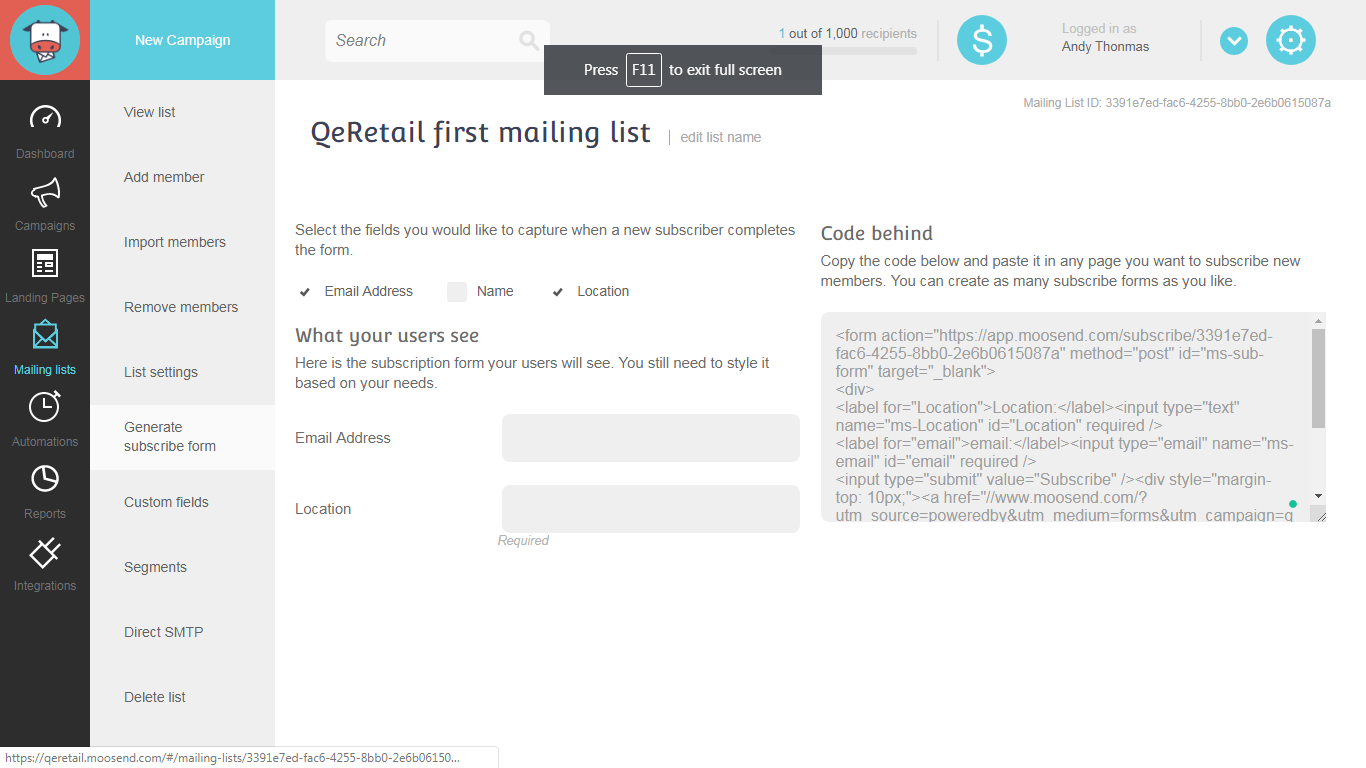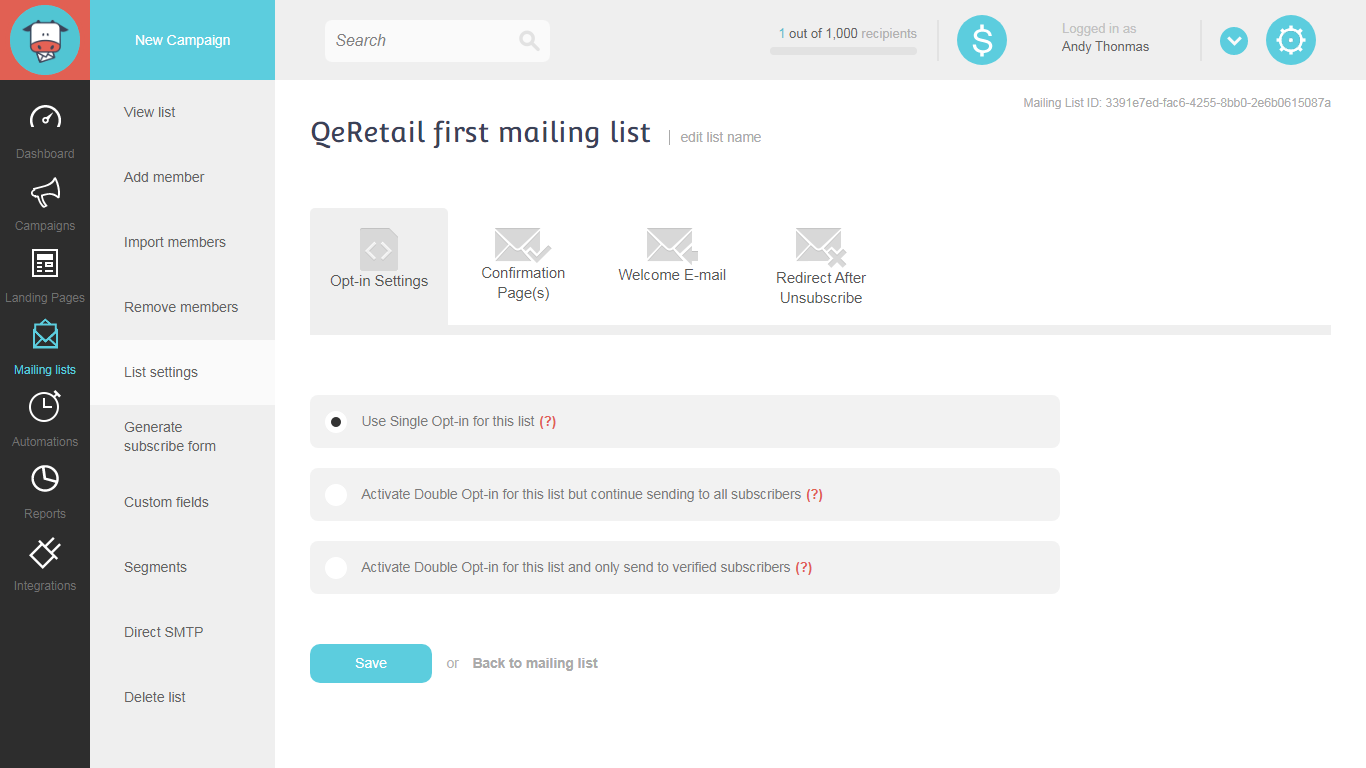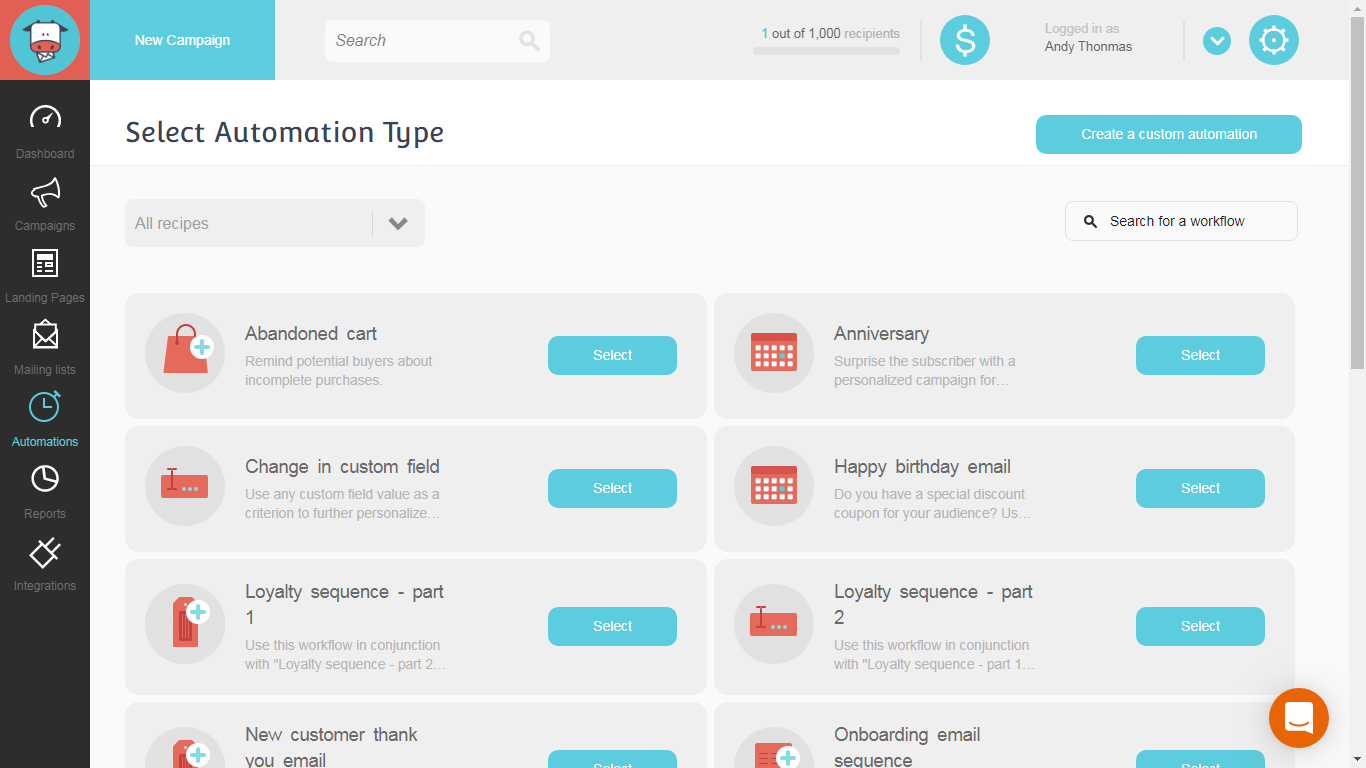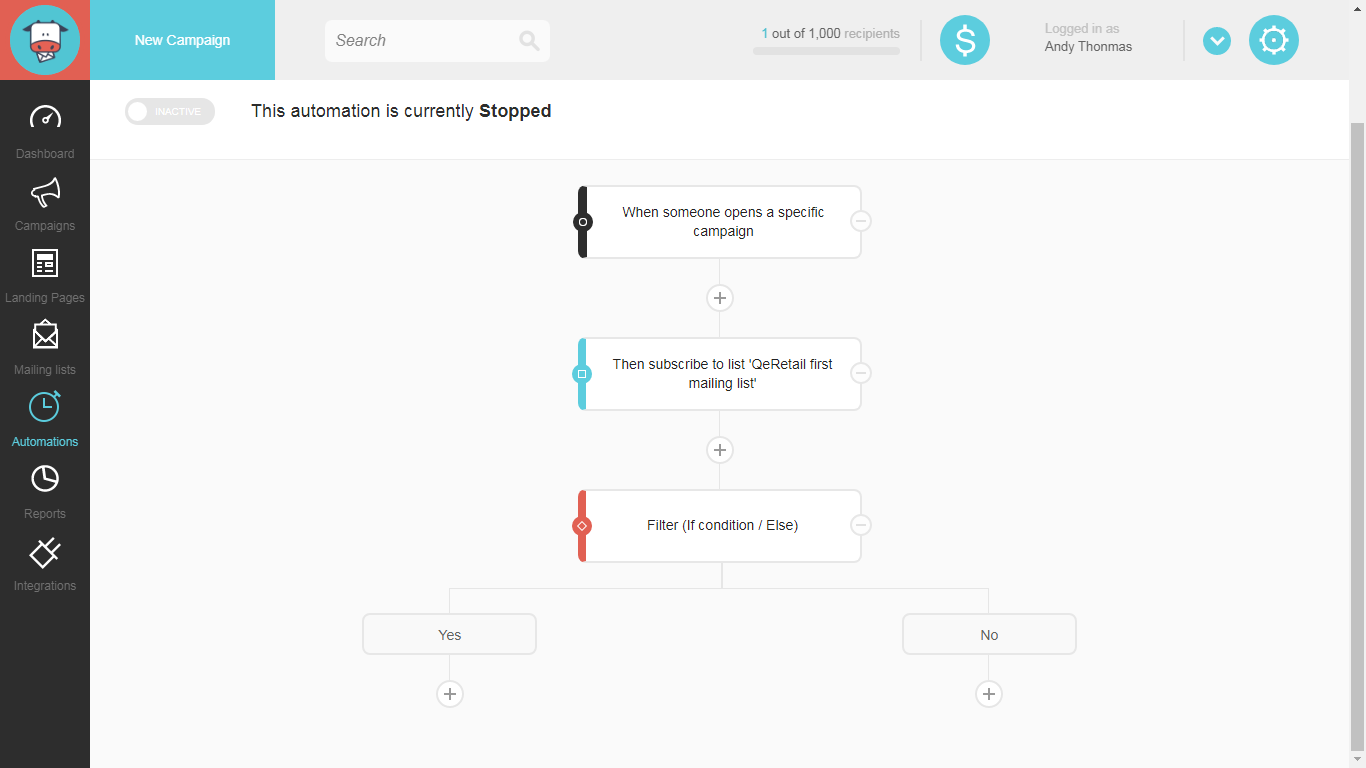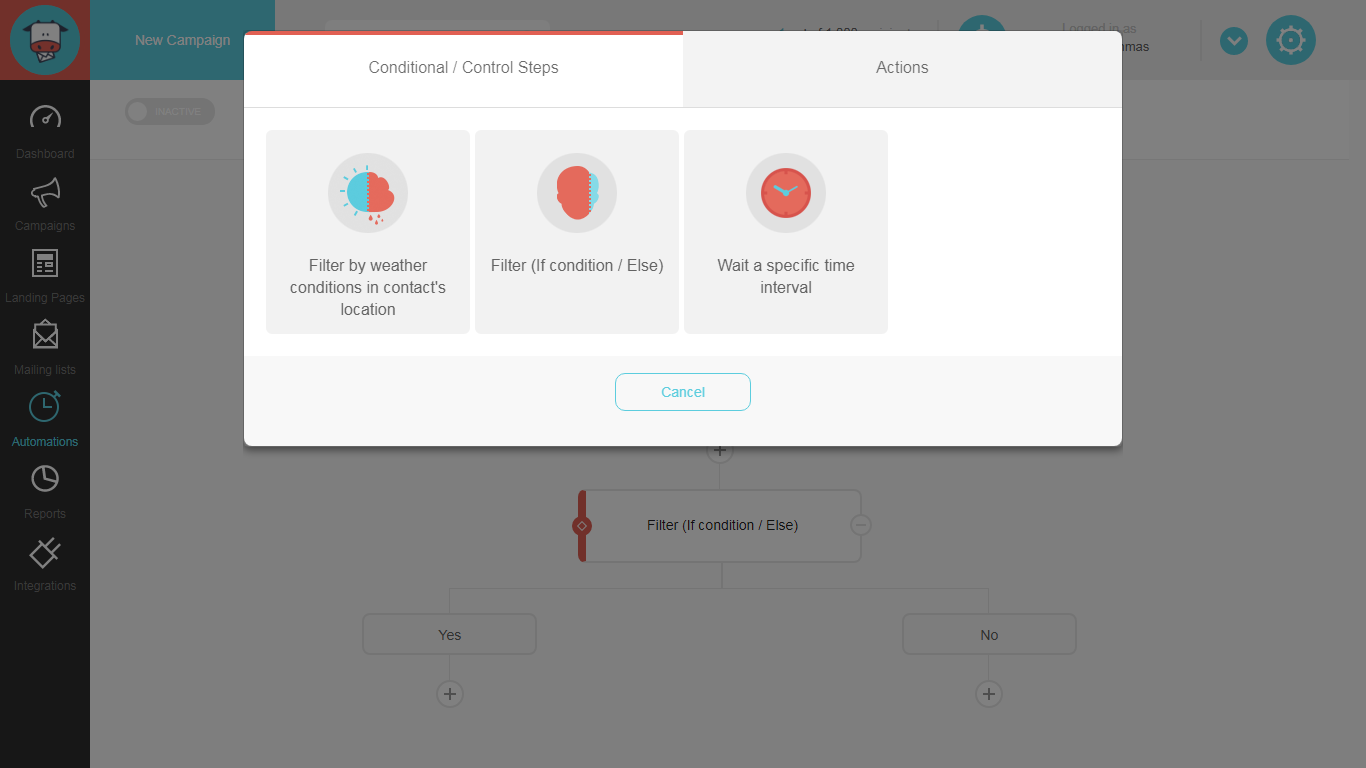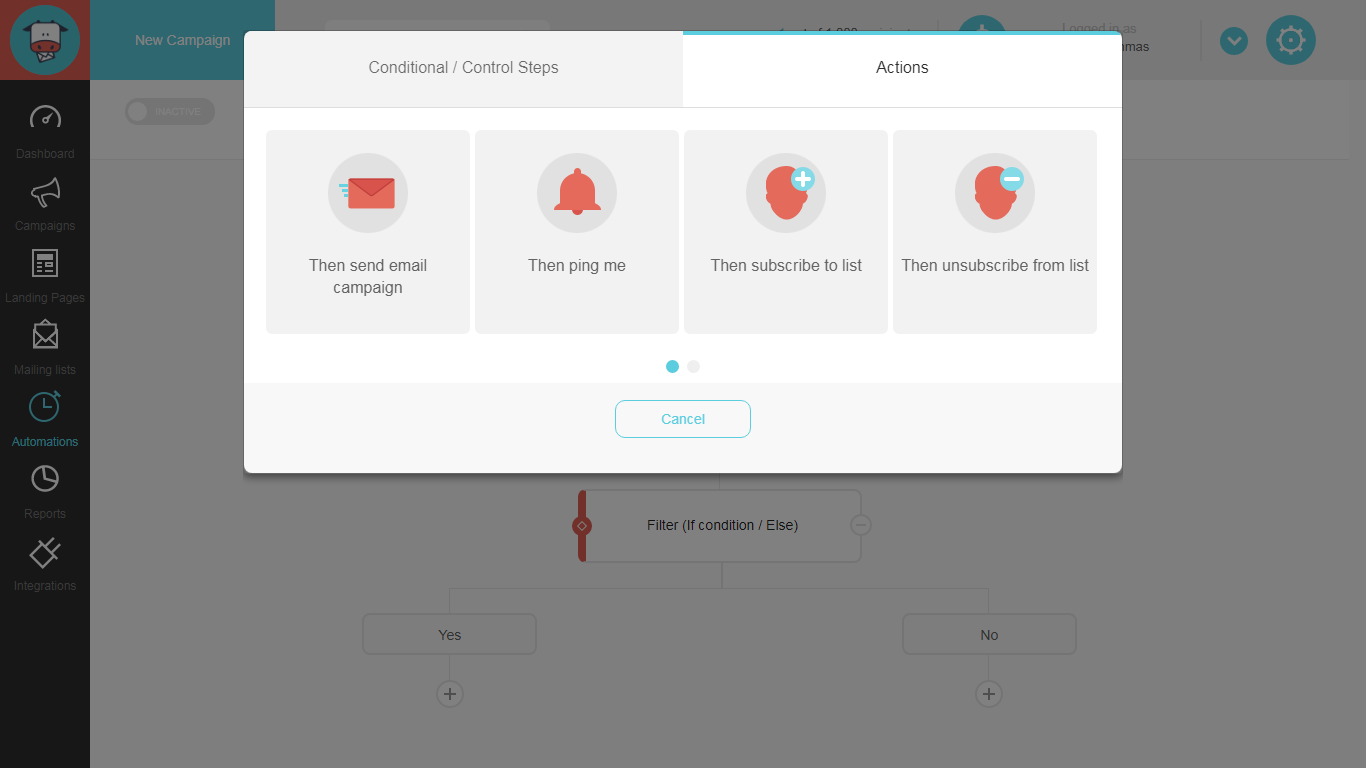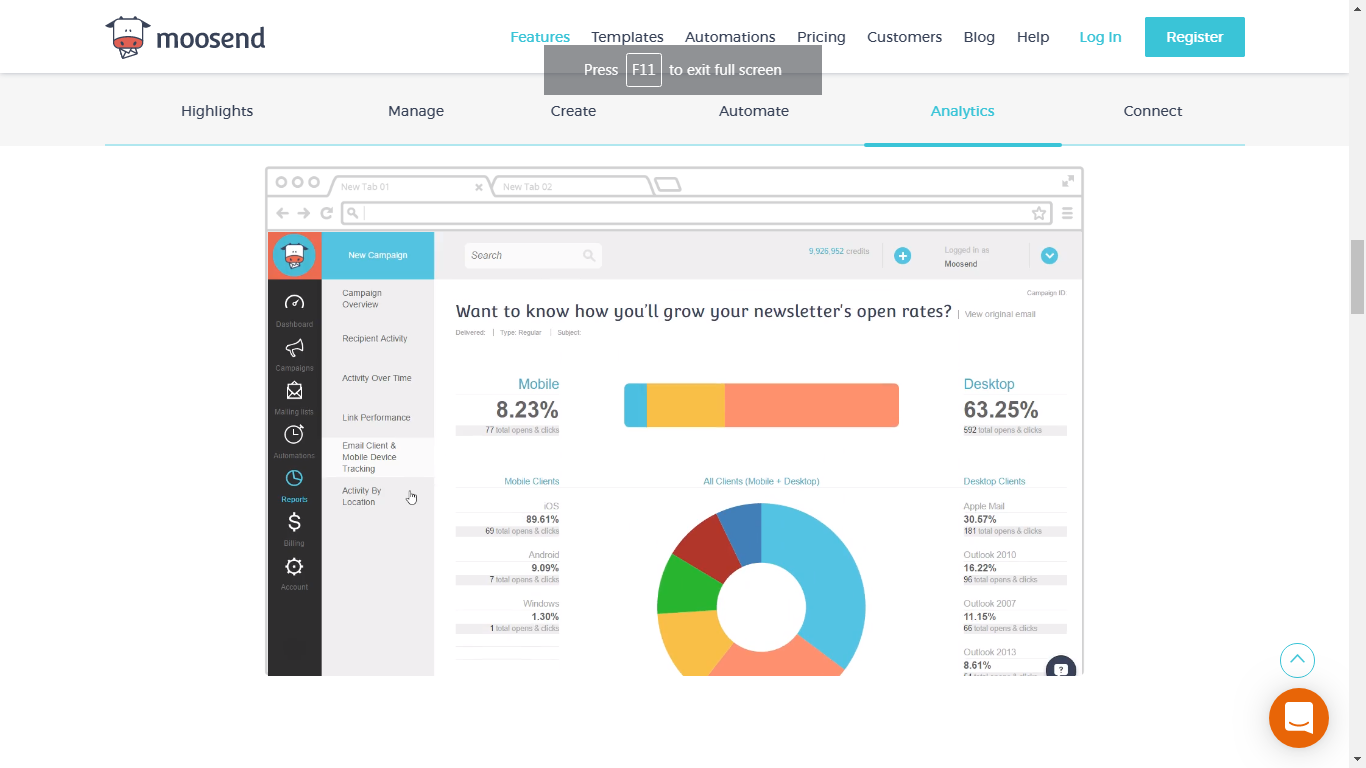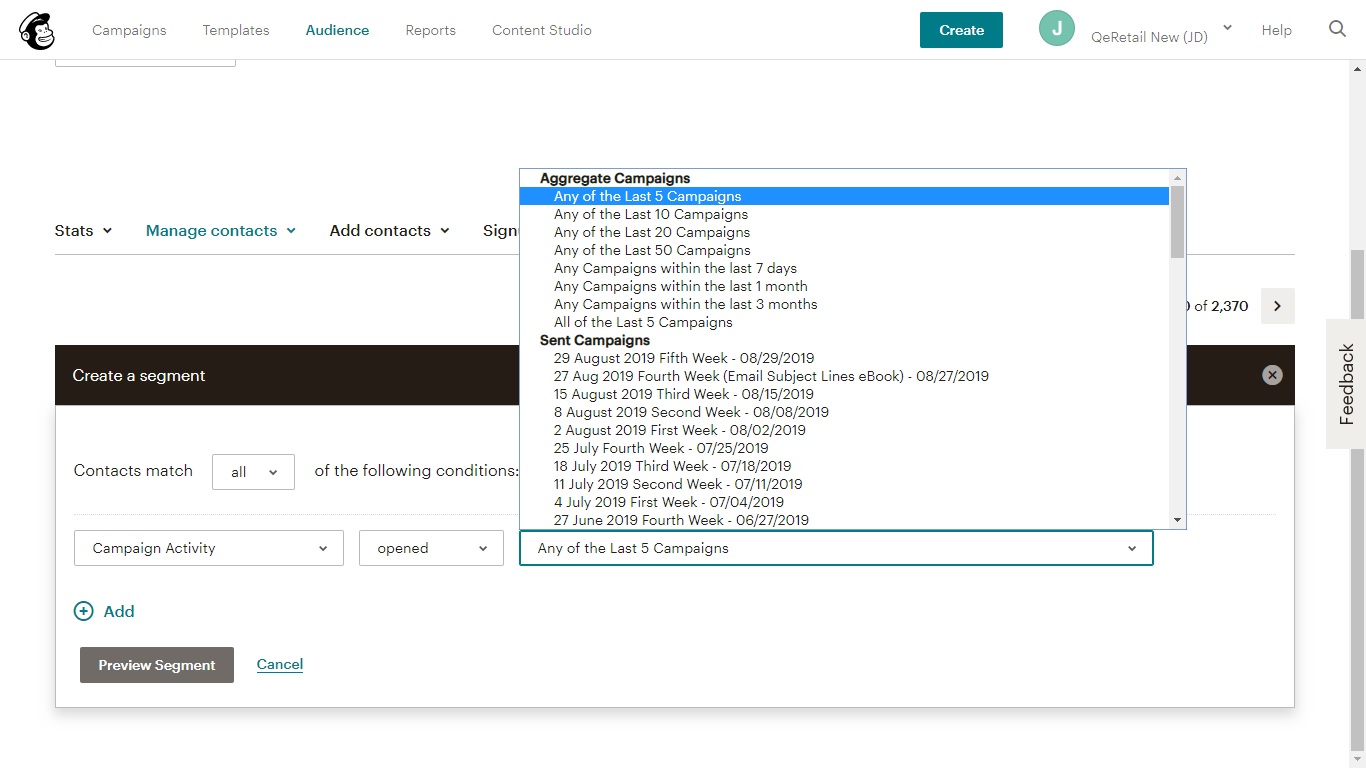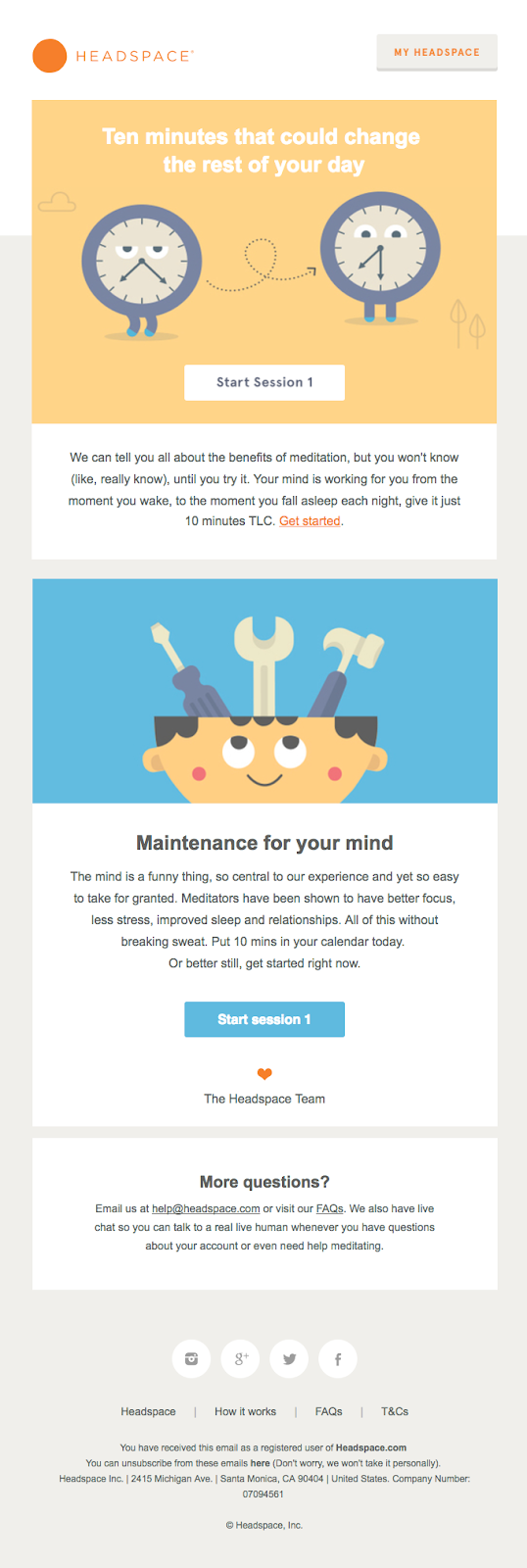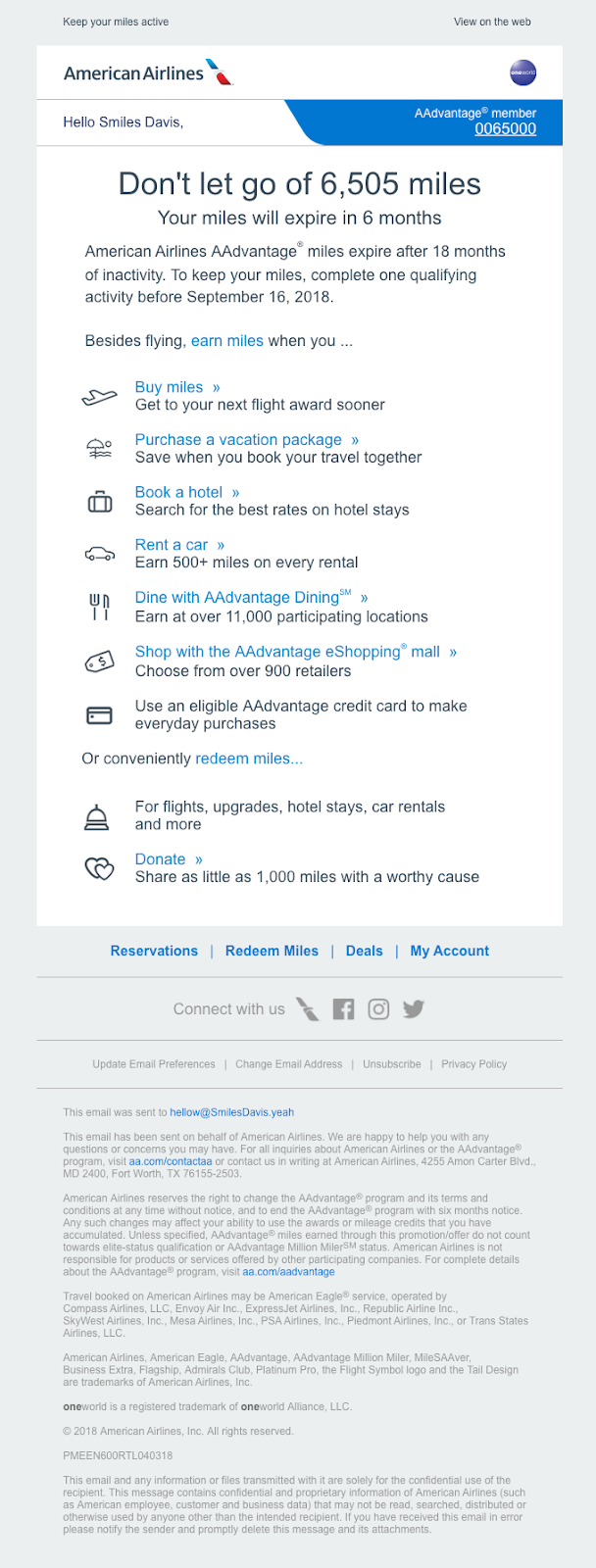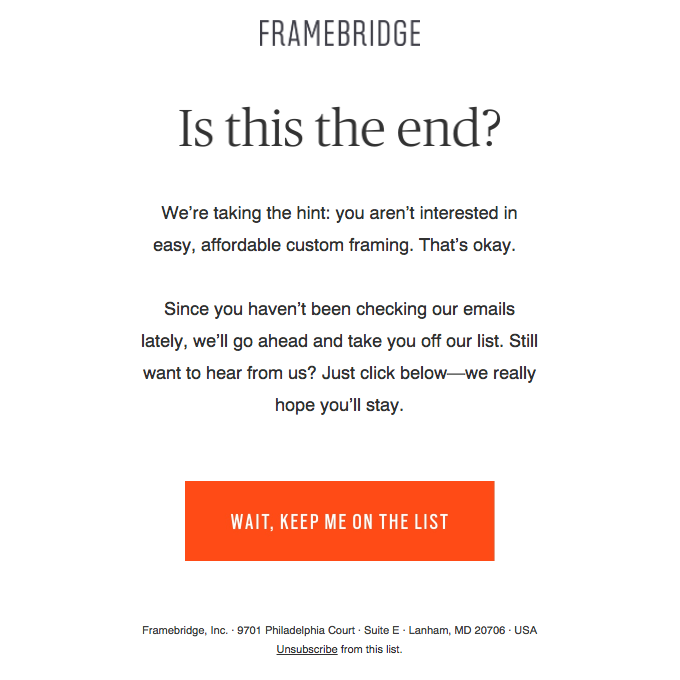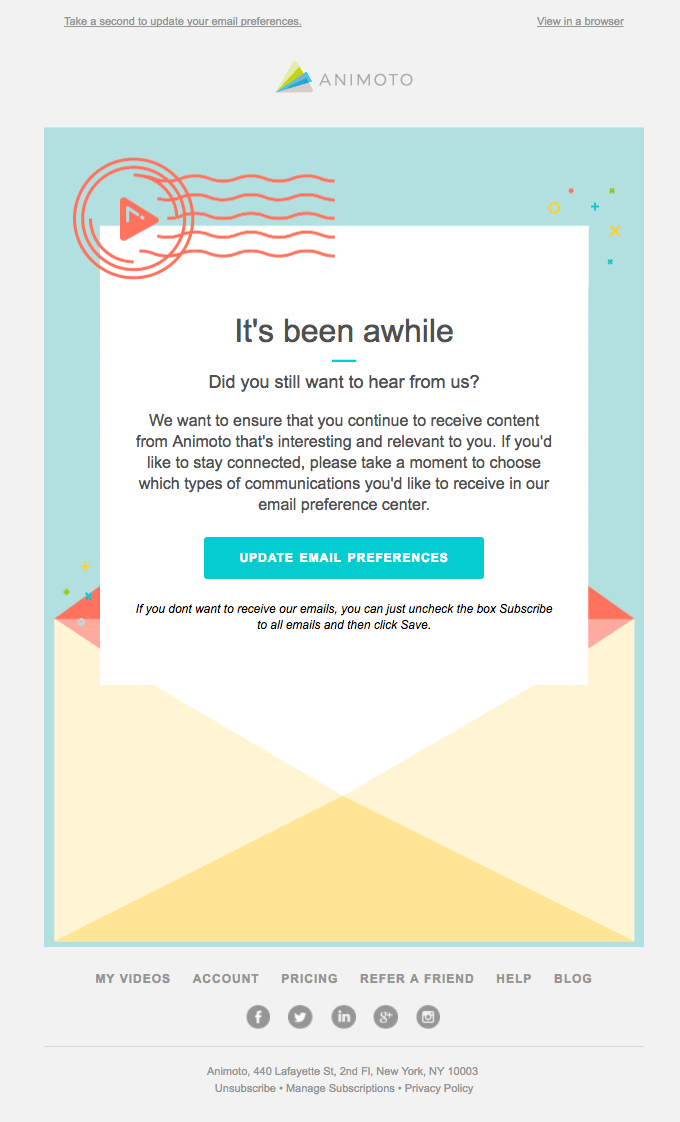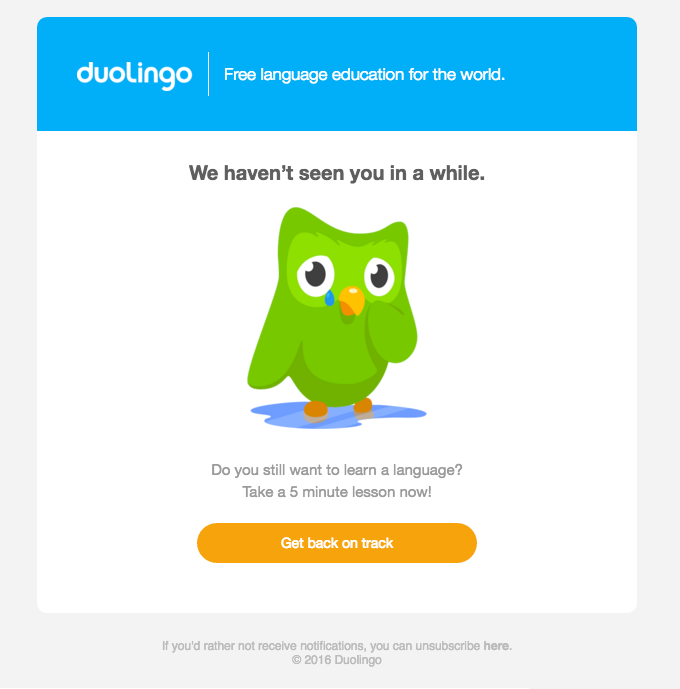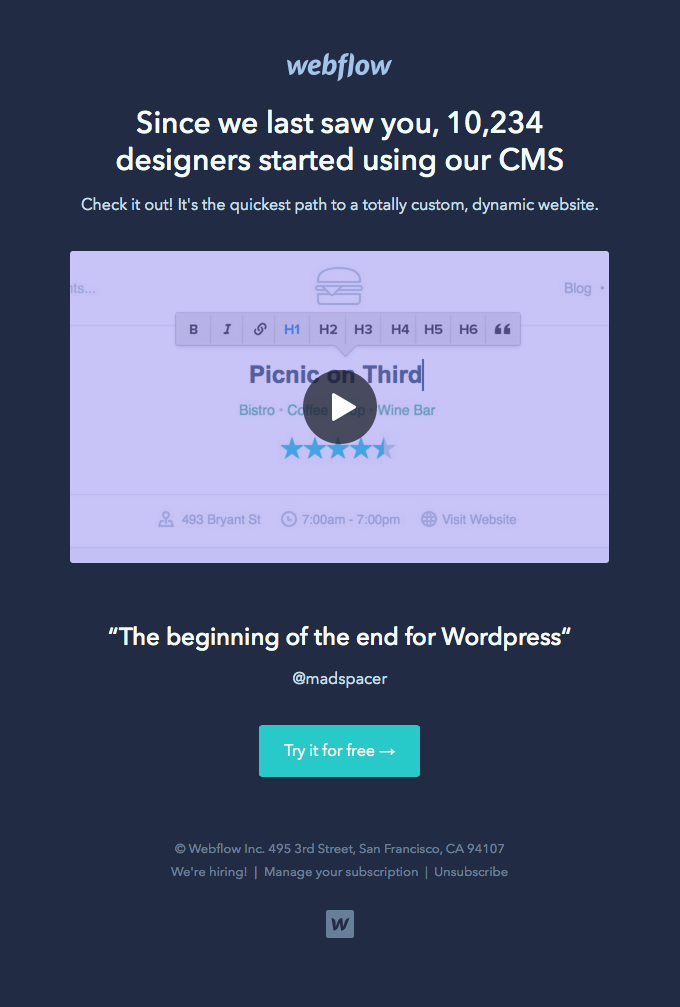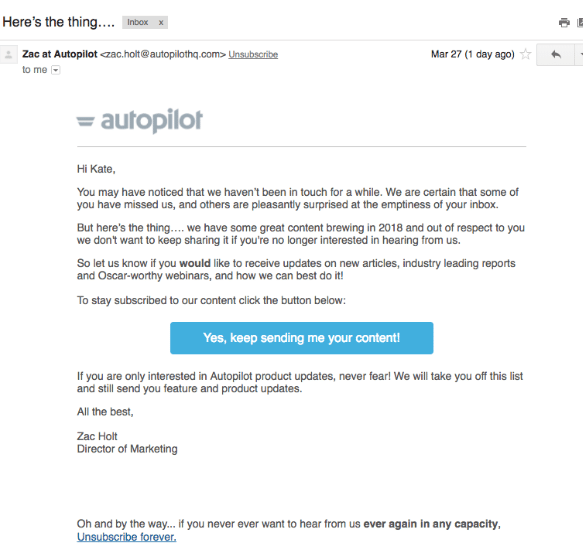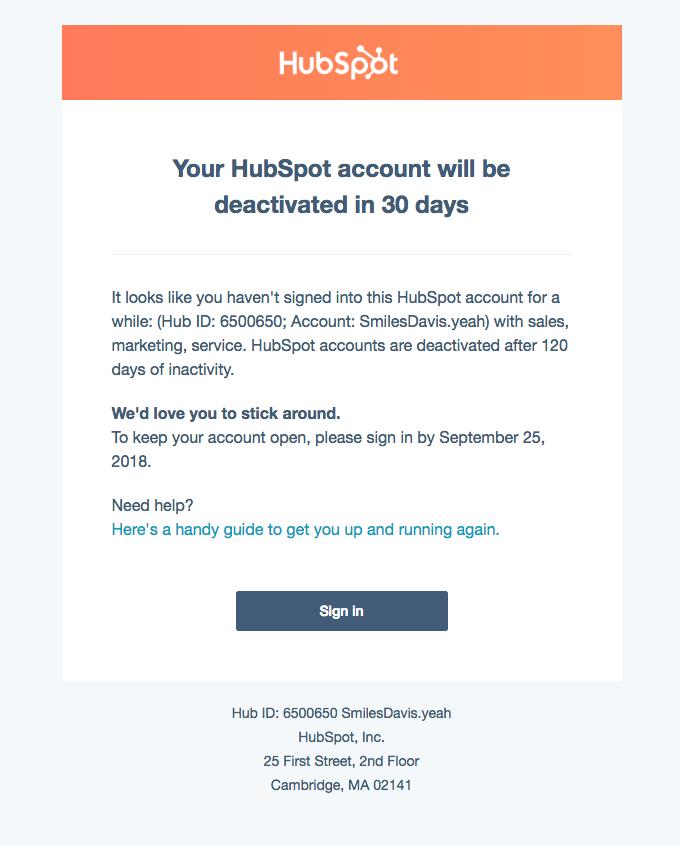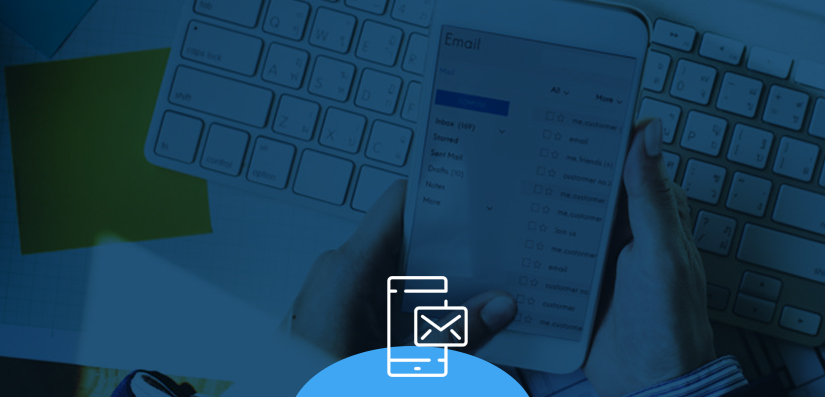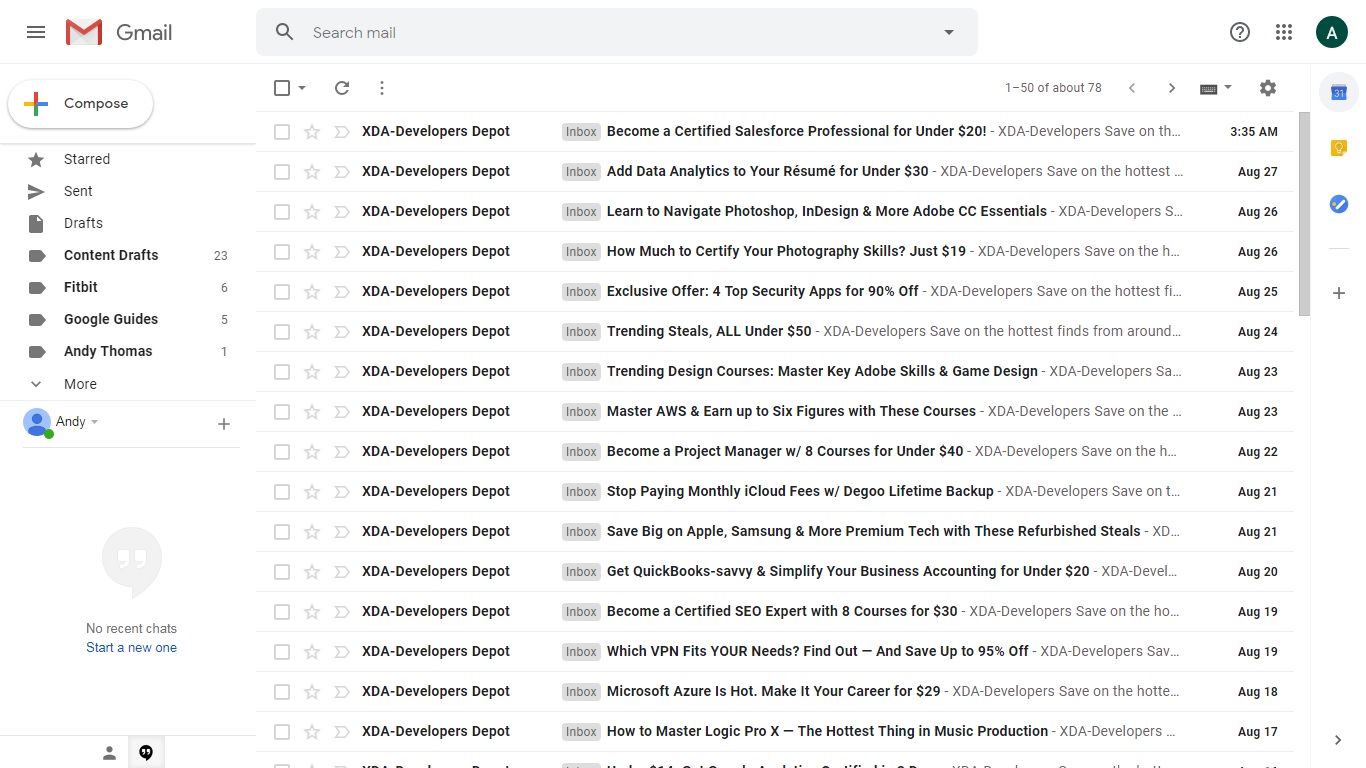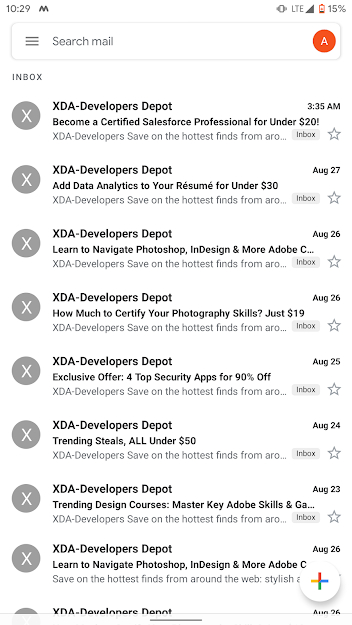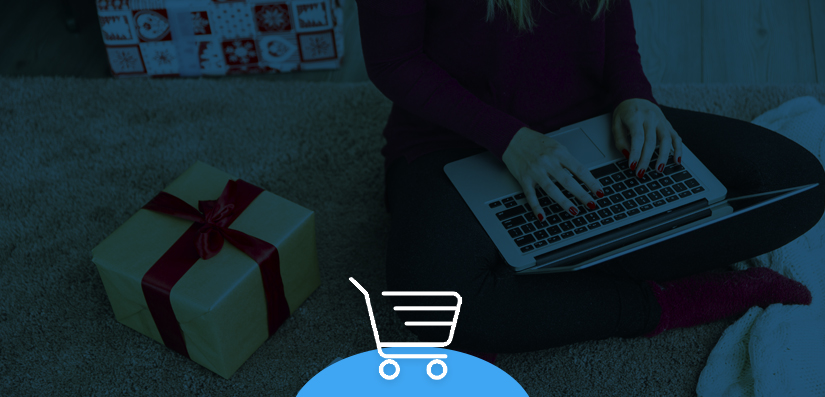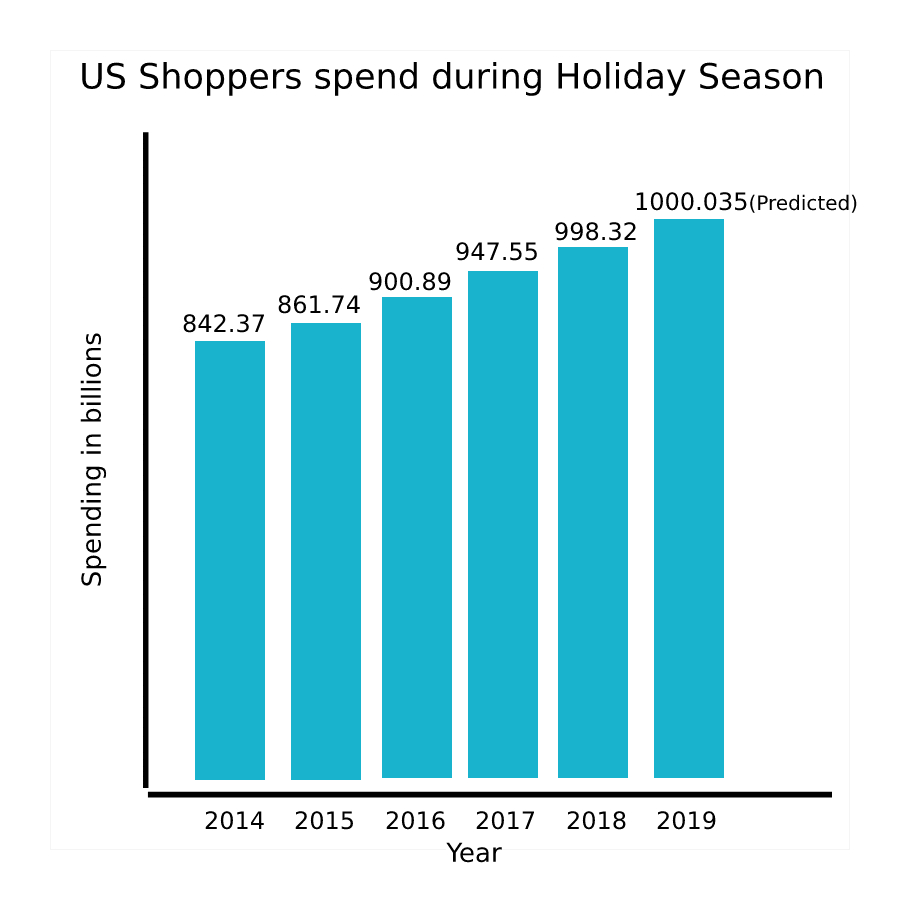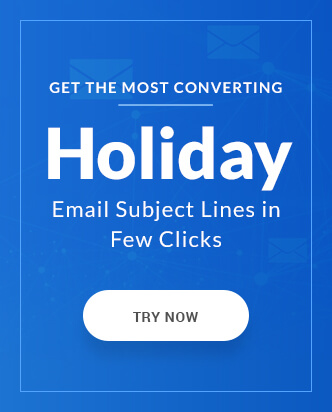While eCommerce email marketing is a category of email marketing that is specific to the eCommerce industry, but what sets it apart from the others is the additional set of emails. Most interactions people have during online shopping need to happen in real-time. So most of the emails sent in an eCommerce email marketing campaign also need to be instantaneous. Such emails that are automatically sent in real-time based on the user end triggers or online behaviors are called triggered emails, and in this article, we are exploring one such triggered email, i.e. Transactional emails.
What Is A Transactional Email?
As we stated earlier, transactional email is a type of automated email that is sent to acknowledge user activity or inform the customer, details about their recent transactions. They are triggered by events, interactions, or a change in the profile or preferences instead of being manually sent like a marketing campaign. Compared to marketing emails that are simultaneously sent to multiple subscribers, transactional emails are sent to a specified recipient one at a time and contain information that is personalized for the intended.
Importance of Transactional Emails
In the physical world, when you make a purchase, the transaction receipt or the product received is an acknowledgment. In the digital domain, you have a hard time tracking the progress of your transaction if you don’t receive a transactional email sent after different stages of the transactions. While a transactional email may seem insignificant compared to other emails, transactional emails are an integral part of your eCommerce email marketing. Let us understand how transactional eCommerce emails benefit your brand.
- Build a Trusting Relationship: Ever made a transaction and didn’t receive an intimation of a successful purchase? Didn’t it make you paranoid? In a survey by Mailjet, with 2000 consumers in UK and France, 77% of UK respondents always check for a confirmation email. An instantaneous transactional email acknowledges the customer about the order placed, when it shall be shipped, or when they shall receive it. This reinforces a sense of trust in your brand and helps you build a strong relationship in the longer run.
- Bound to be opened: Since transactional emails are a result of a user-end action or behavior, these emails have the consent of the customer and have higher open rates. Additionally, ISPs rarely redirect transactional emails to SPAM. Every successful email delivery contributes to maintaining the sender reputation and in turn the email deliverability.
- Progressive email updates: Be it for orders confirmation, payment success, password changes, changes to personal information updates, or shipping notification, a transactional email keeps the receipt updated on the progress. This helps them track their products and undergo a good user experience that helps you retain them in the long run.
- It can be a little promotional: Transactional email copy doesn’t need to be completely transactional in nature and can have 20% promotional content amidst the standard email copy. While this may not be as effective as an actual promotional marketing email, but it can act as the foot on the door to raise interest.
- Personalization without human intervention: Behavioral Transactional emails, as we stated earlier, are automatically sent whenever a customer successfully triggers any of the pre-determined actions set in the email workflows. The email sent has personalized content that is specific to the customer only. The only human intervention is during the creation of automation workflow as well as individual email templates.
Transactional Email Examples
The following are some of the most commonly used transactional emails.
Welcome Email
The first email once someone subscribes, the welcome email, is first of the triggered email. The content of the welcome email depends on the reason behind the subscription. Your customers can receive welcome emails on their first order, account registration, or when they sign up to your mailing list. A welcome email is a great opportunity to explain the value addition your brand brings. What sets your brand apart from competitors? How often you send emails? You can also include a sign-up bonus to increase conversion chances.
In the transactional welcome email example below by Bellroy, they started with welcoming the customer, followed by an introduction to the brand. They added links to their Instagram page as well as snippets to some of their promotional emails, followed by a showcase of their different products. The overall email copy has the warmth of someone personally welcoming you to their family.

Order Confirmation Email
The core transactional email in itself, the order confirmation email, acknowledges the customer about the purchase success. The order confirmation email not only informs about the order placement but also about delivery dates, price breakdown, order number, and whom to contact for any issues raised. As we stated earlier, promotional activities such as upselling and cross-selling can be done in this email to an extent.
In the example below by Firebox, the email content informs all the information mentioned above, along with links to their other products in the footer.

Shipping Detail Email
The shipping detail of the order placed can be featured in the order confirmation email or sent individually. Some brands tend to feature it in the same email, and some tend to separate both. Shipping detail email is generally sent when the shipping company is different from the brands selling the product. Either way, it is important to add a link for the customer to track their order, along with information on the point of contact for any issues arising.
In the example below by Etsy, the shipping details, the sender details, and the product images are featured for easy understanding of the customer.
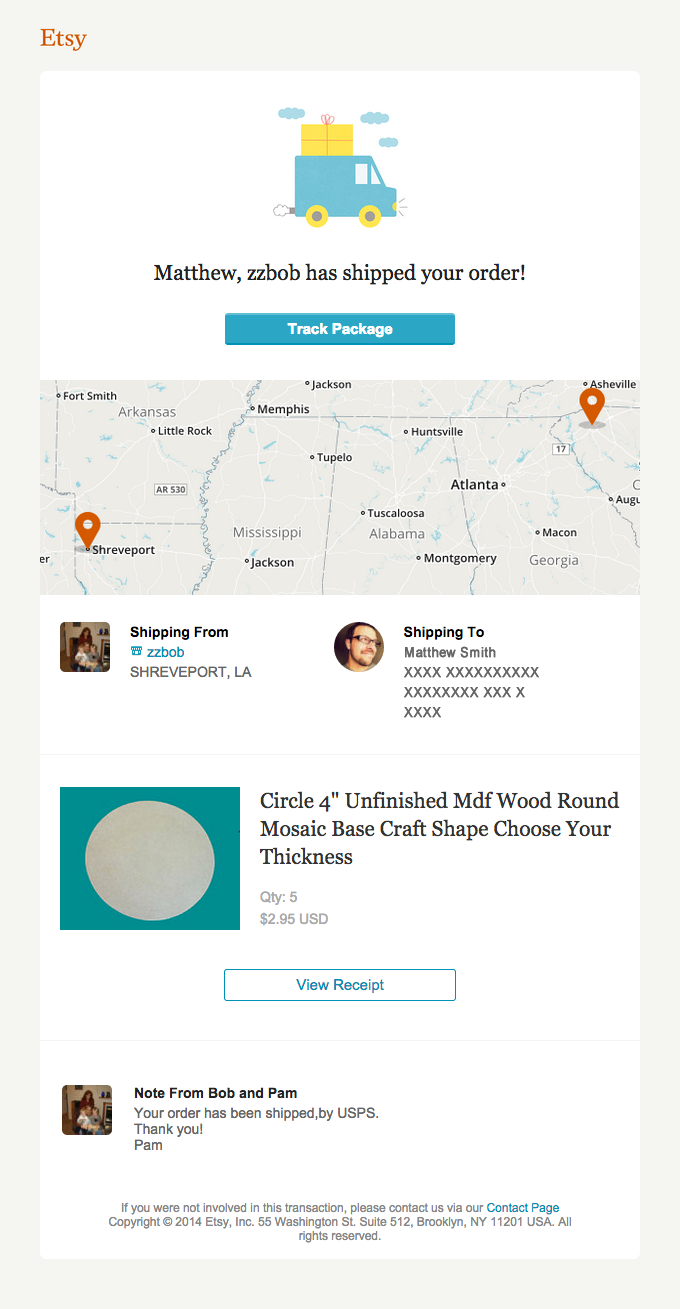
Product Receipt
Even though the order has been delivered to the intended customer, it is a good practice to send an order delivered or product receipt email. This email can be used as a ‘thank you for placing order’ greeting and can help your email sound human.
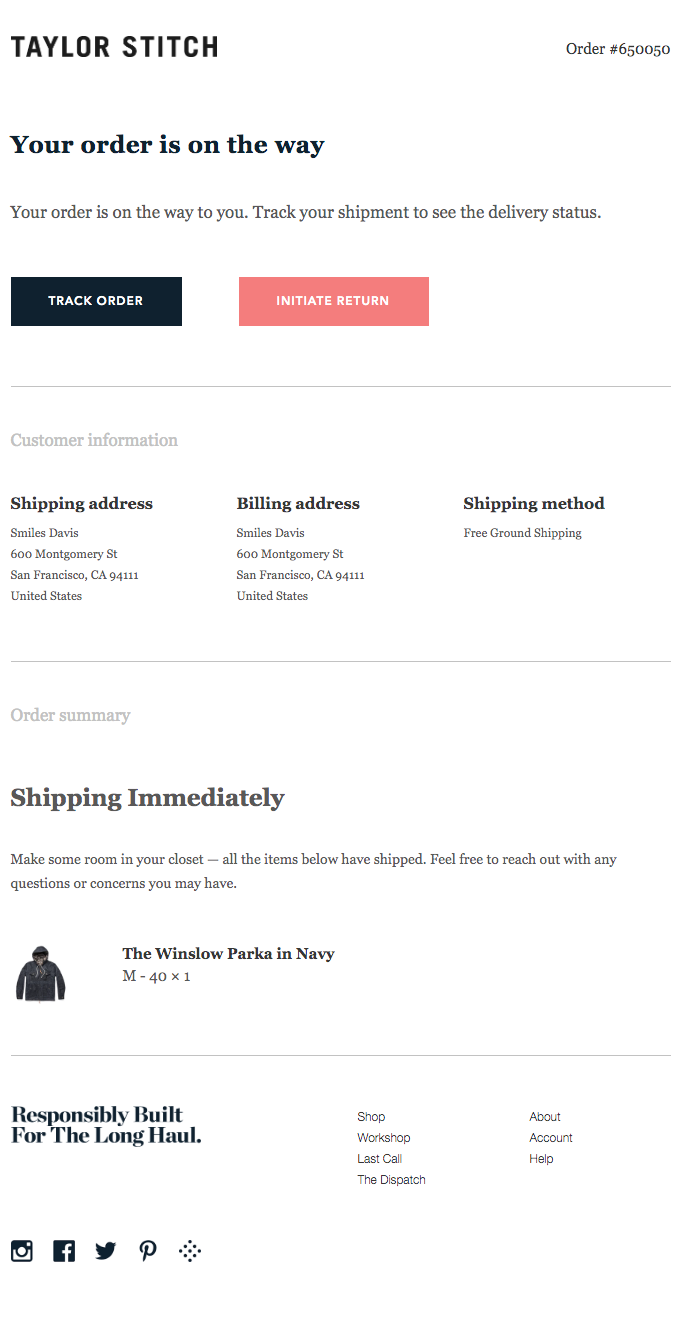
Review / Feedback Email
Your communication with your customer doesn’t end with the purchase. In order to continue engagement, sending a review or feedback email is a good tool. This not only creates an opportunity for user engagement but also for brand advocacy. Send such emails after waiting for 10-15 days after the order was delivered for a more honest review. Avoid any promotional content in this email as it can be distracting.
In the example below by Target, the email copy is humble enough while asking for a review. Also, they have shown how the review will benefit other shoppers. This adds a social responsibility to the reader, and this would enhance the chances of reviewing.
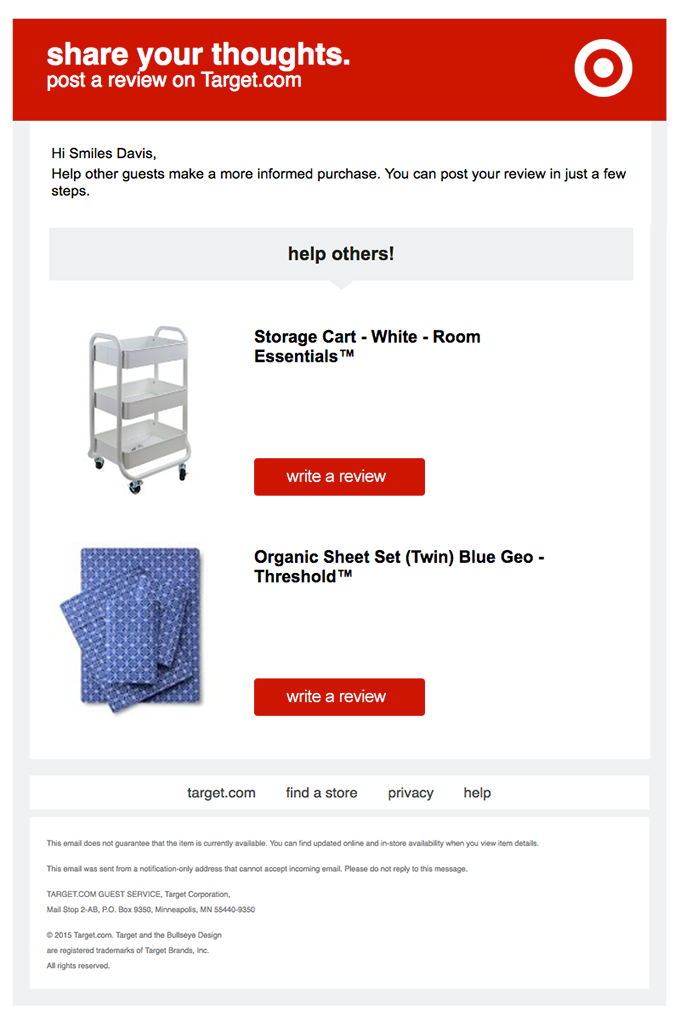
Re-order reminder Email
Another post-purchase re-engagement opportunity is the re-order or replenishment emails. Applicable for subscription-based products, the replenishment emails are a great way to remind the customers about the upcoming deadlines. This way they can take action and continue being associated with your brand.
In the email example below by Rockin’ Wellness, they have displayed the product along with the price and the link for re-ordering for the ease of the subscriber.
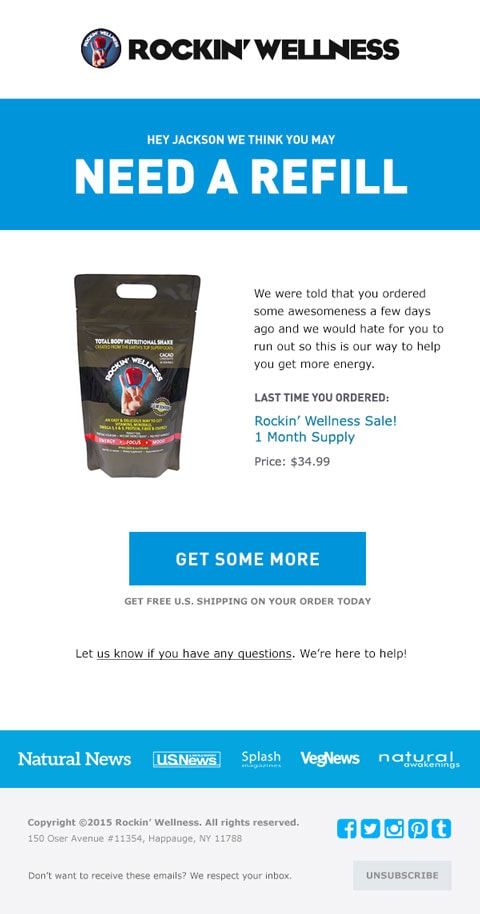
Password Recovery or Profile update email
Any changes the customer makes to their online profile is also considered transactional and needs to be given equal urgency as other transactional emails. Such emails need to help the recipient to complete the actions mentioned above as easily and quickly as possible. So, the design needs to be minimalistic and to the point.
In the example below by Vervewine, there is no additional fluff as the email copy is straightforward and minimal.
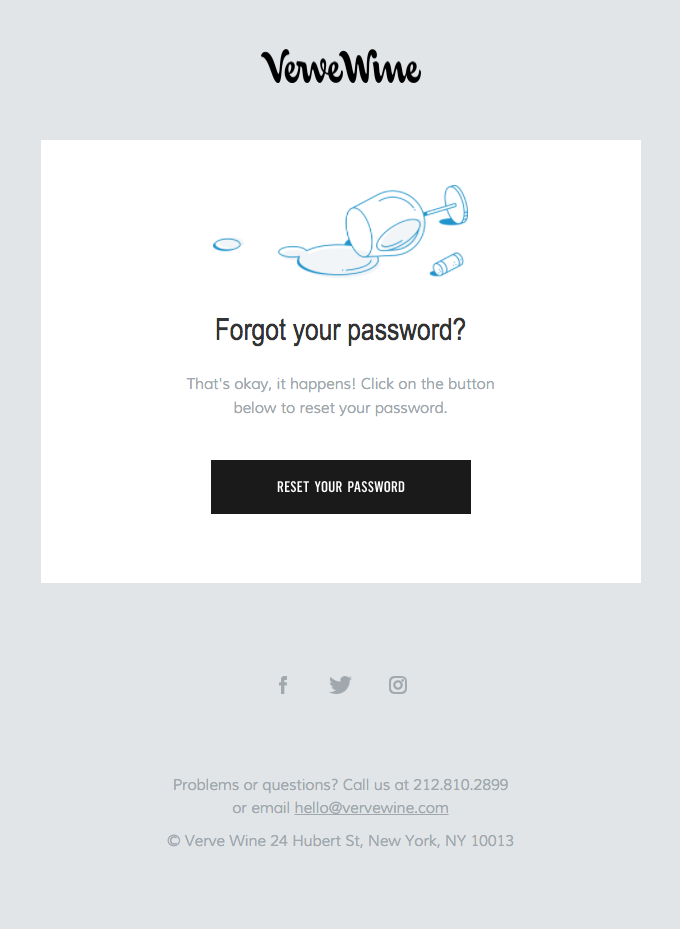
Transactional Email Best Practices
- Include necessary personalization tags: Addressing your customers by their first name is no longer personalization. Include other relevant personalization tags such as order no, order date, the image of the purchased products, billing summary to make further the email seem personal. Learn further about email personalizations.
- Have a recognizable sender name and address: Be open for feedbacks by avoiding no-reply email address. Additionally, the sender’s name needs to be either the brand name or name of a correspondent that the customer knows. Also, include your contact information such as online chat link, phone number and local address for the customer to reach you.
- Only light promotions allowed: As we stated earlier, transactional emails can be promotional but don’t get carried away. Occasional offers are acceptable but should be only 20% of your total email copy.
- Give your emails a personality: Your transactional emails should reflect your brand. Hence your transactional email must have the brand logo, colors as well as fonts to add visual relevance and email tone for the personality.
- Highlight the most vital information: No one has the time or patience to go through the entire email to find the information they need. Always use formatting to highlight the most important transactional data that can be stand out even if the customer scans through the email.

